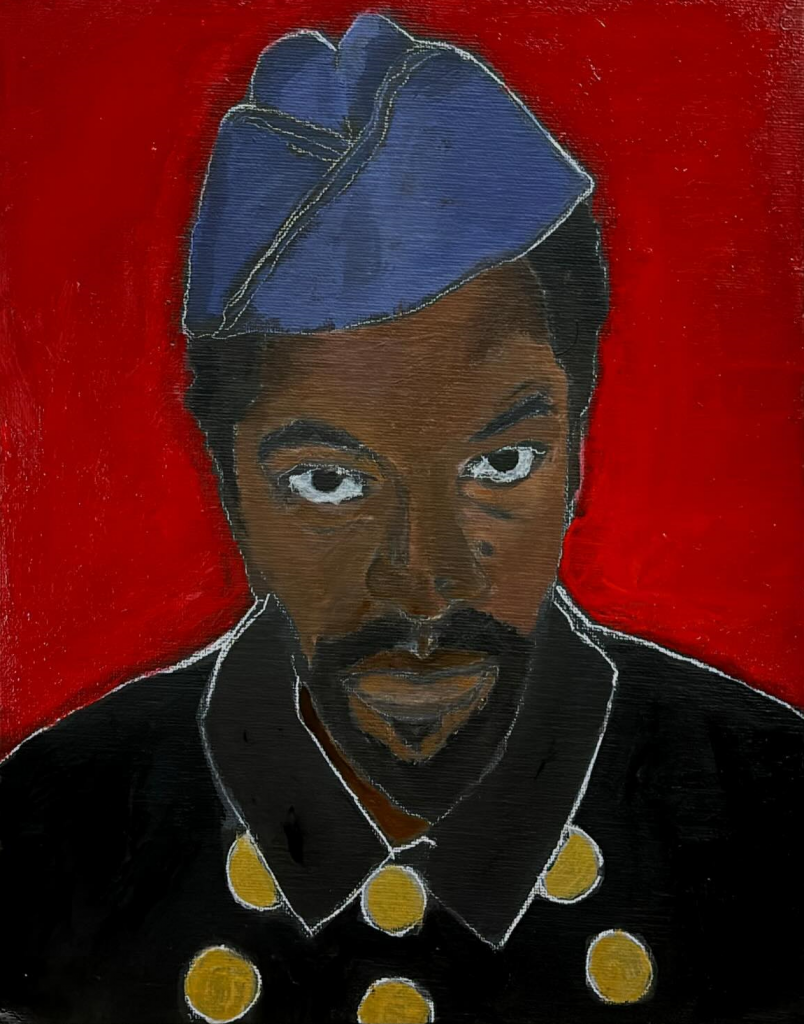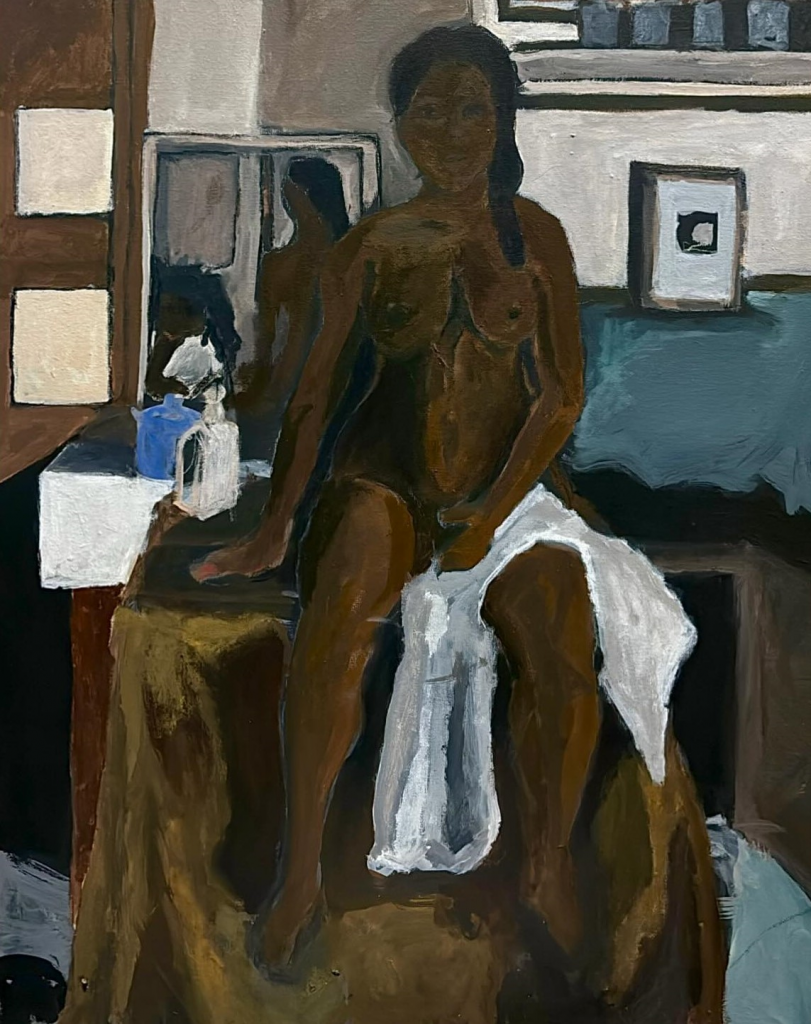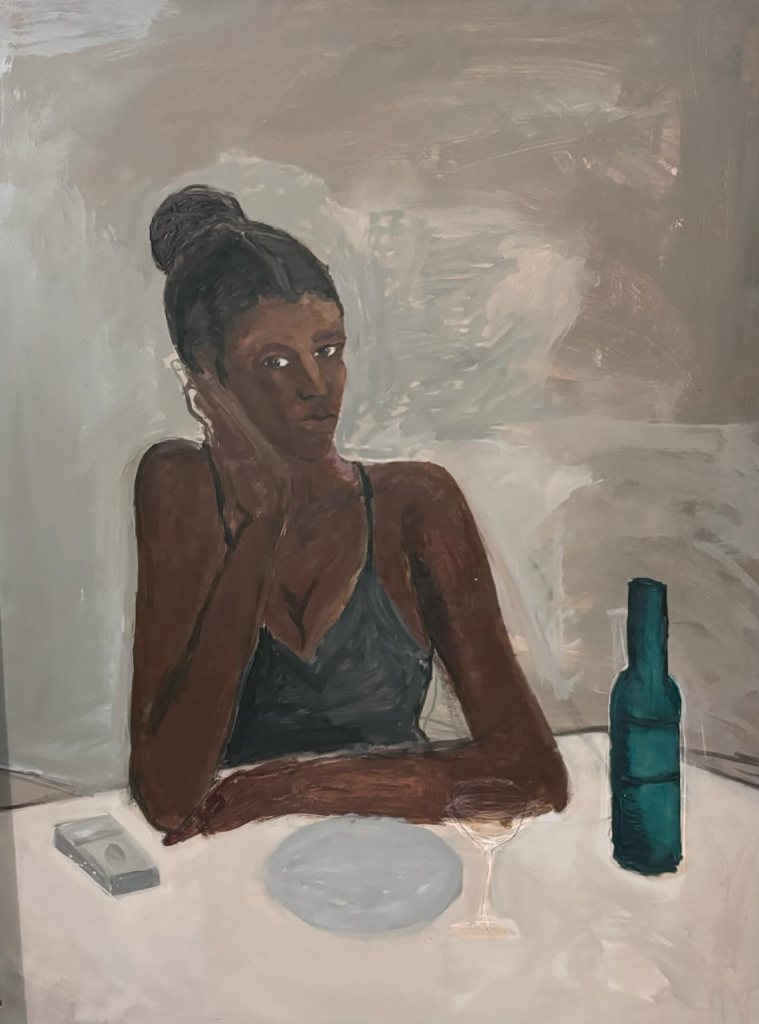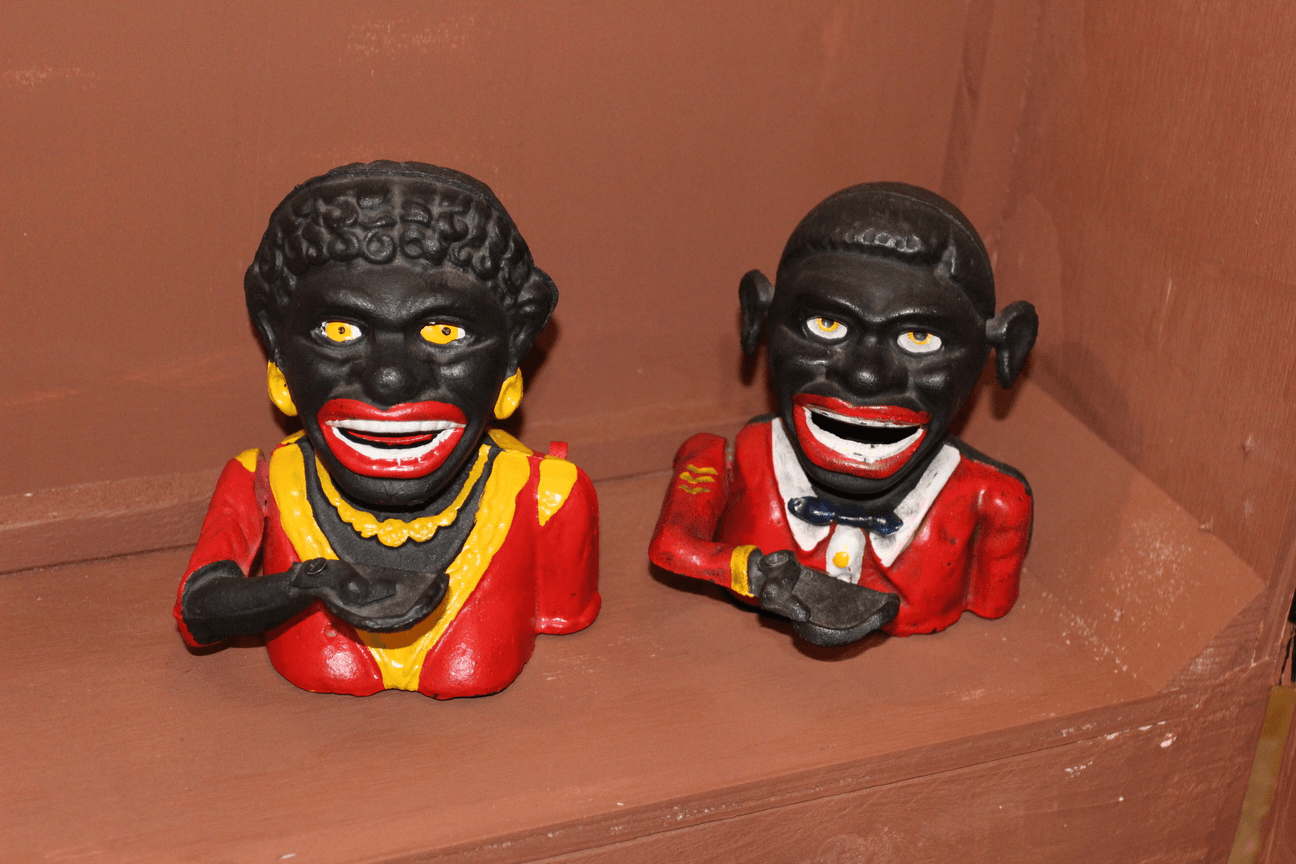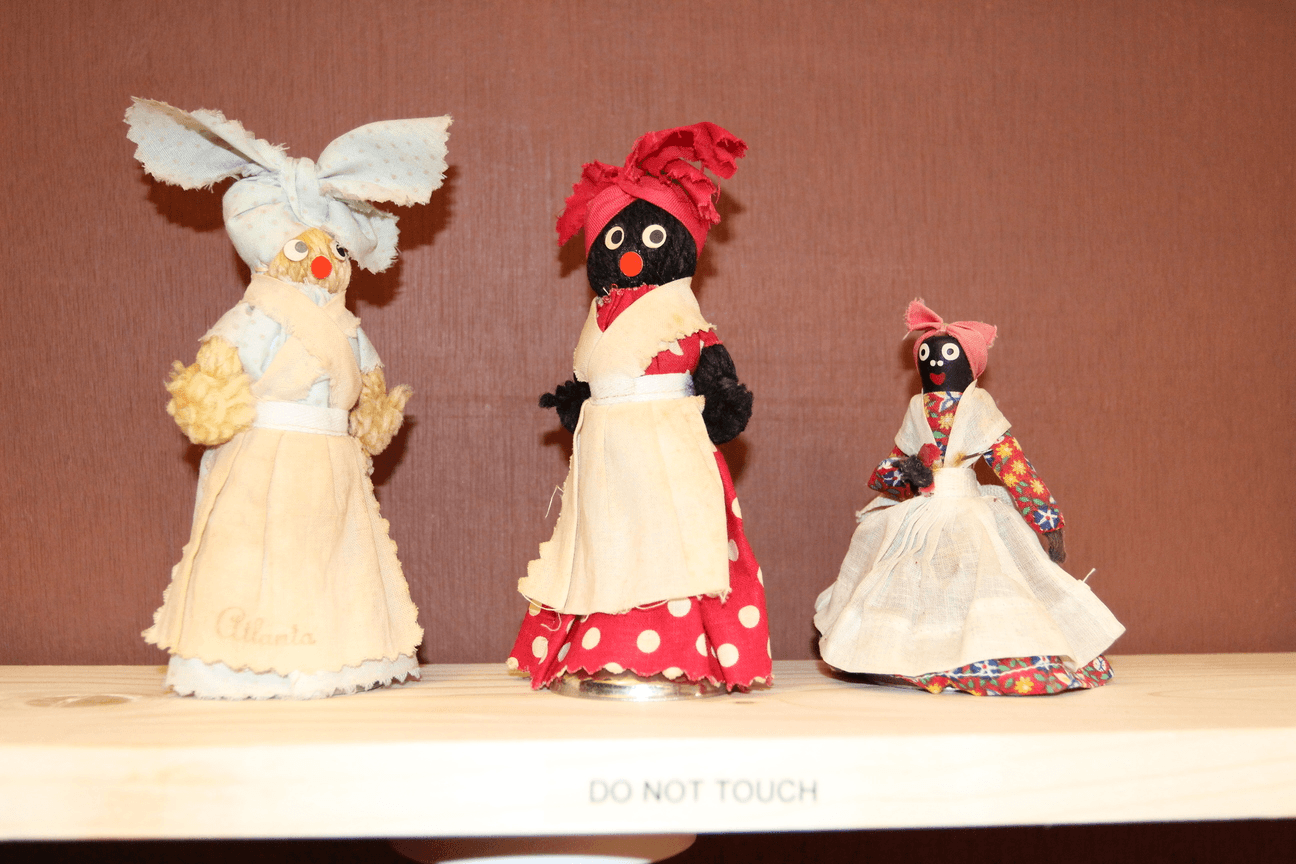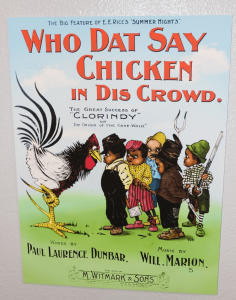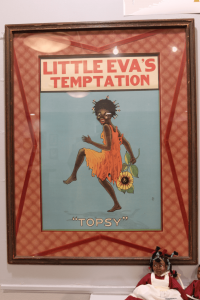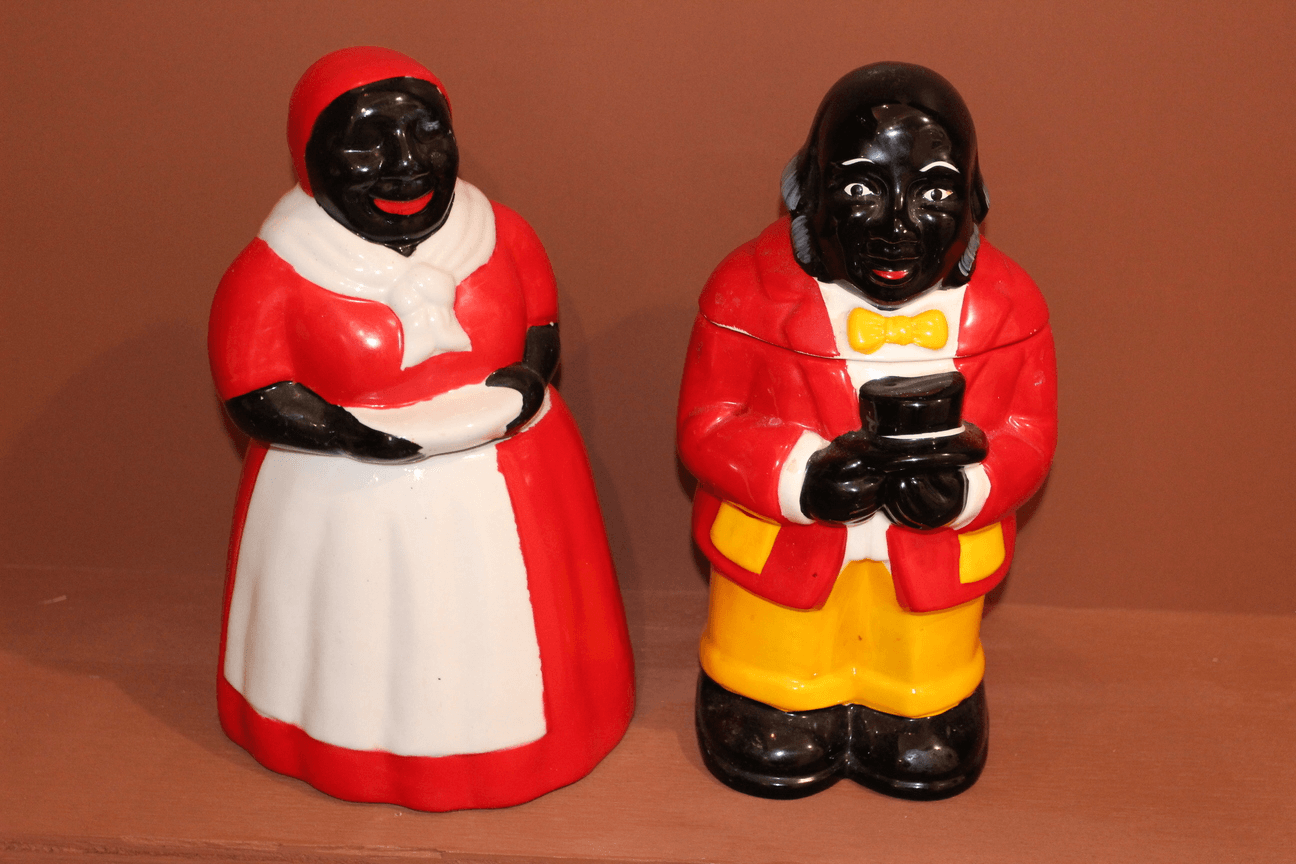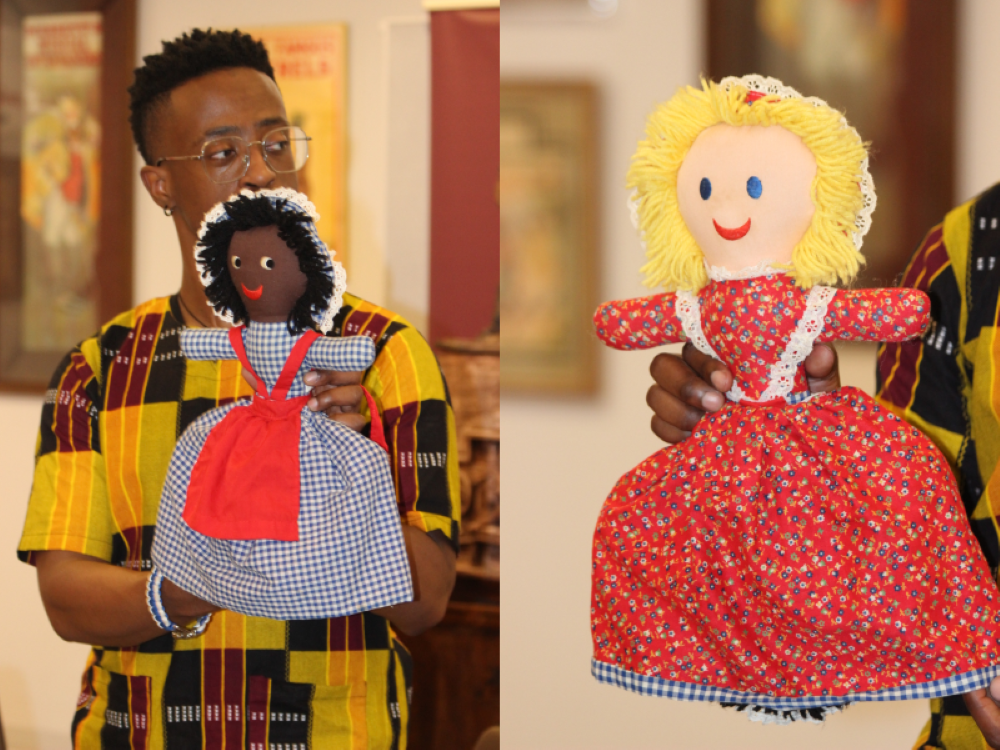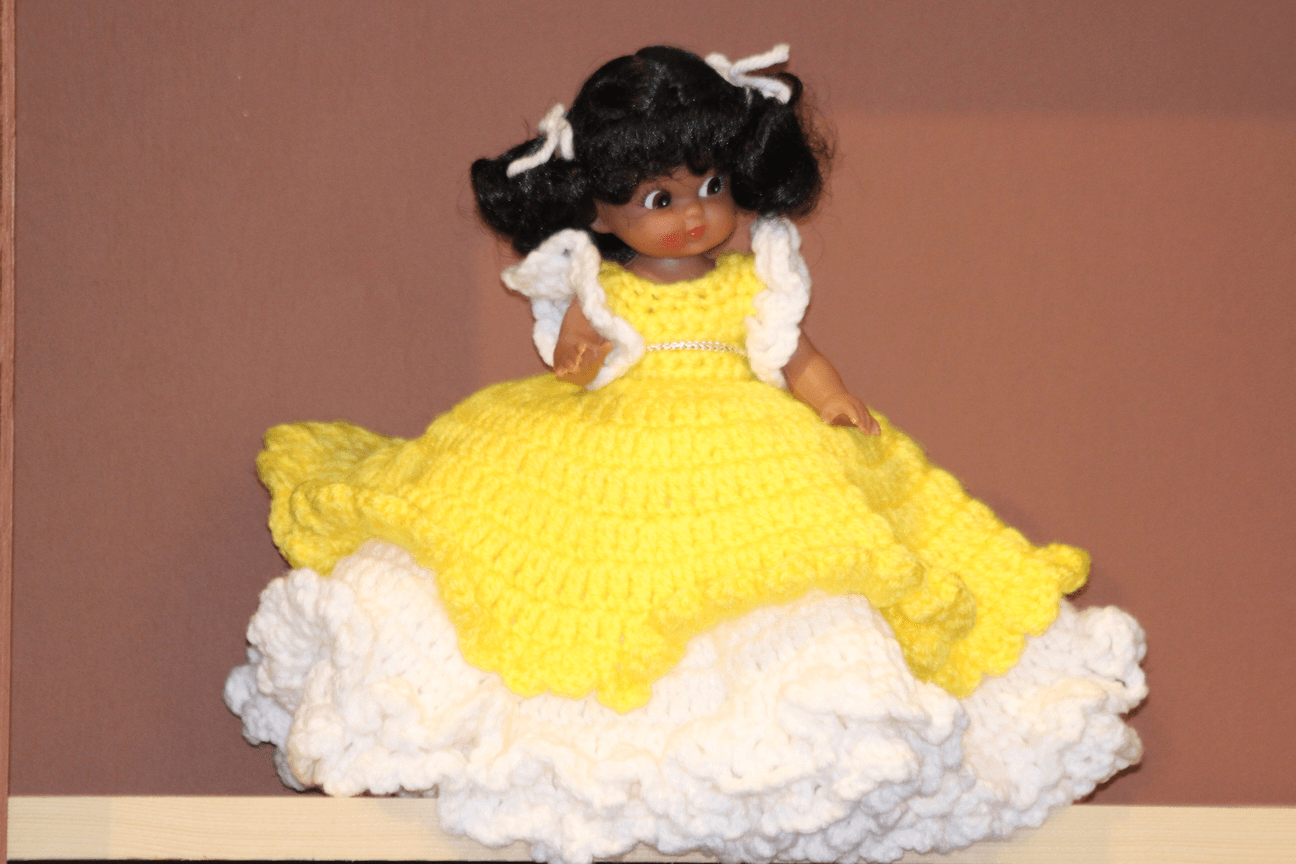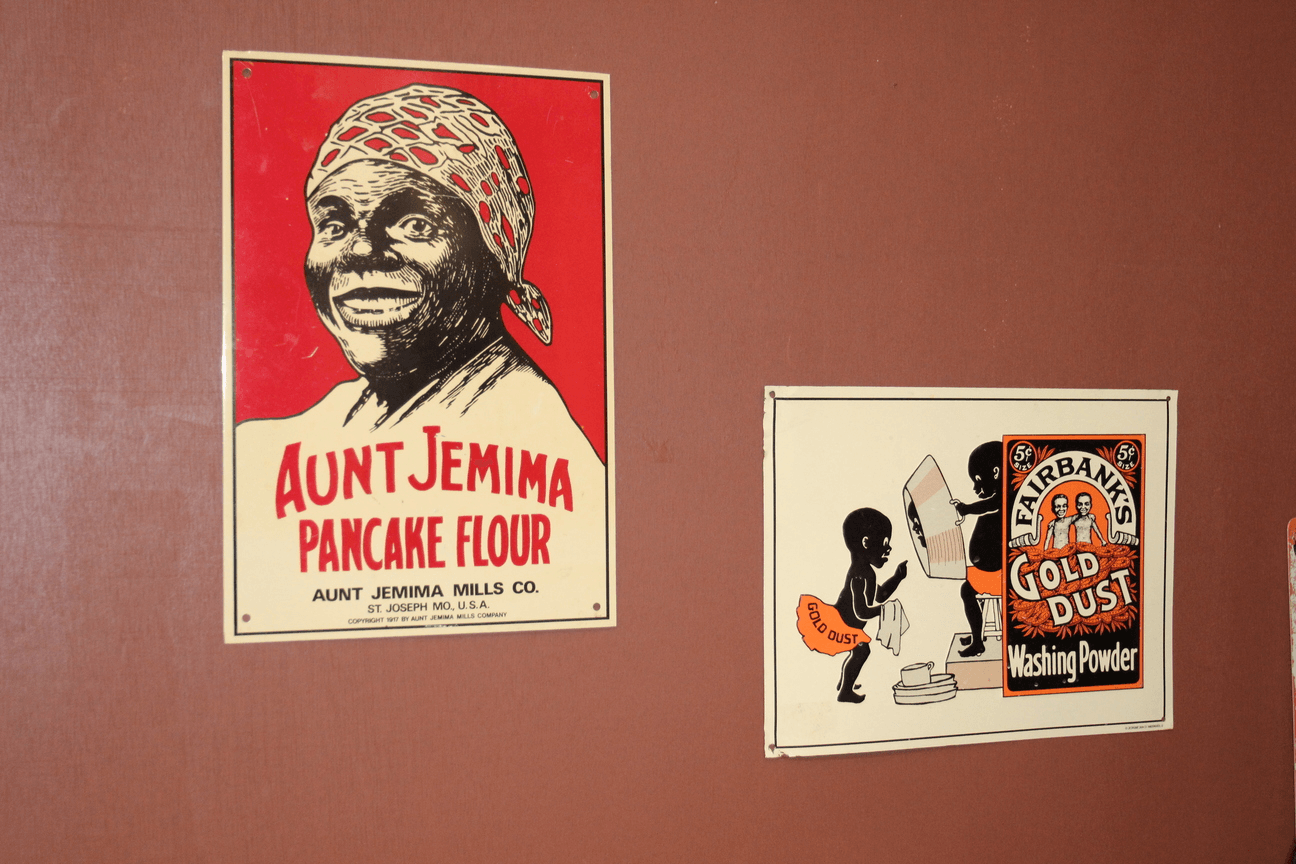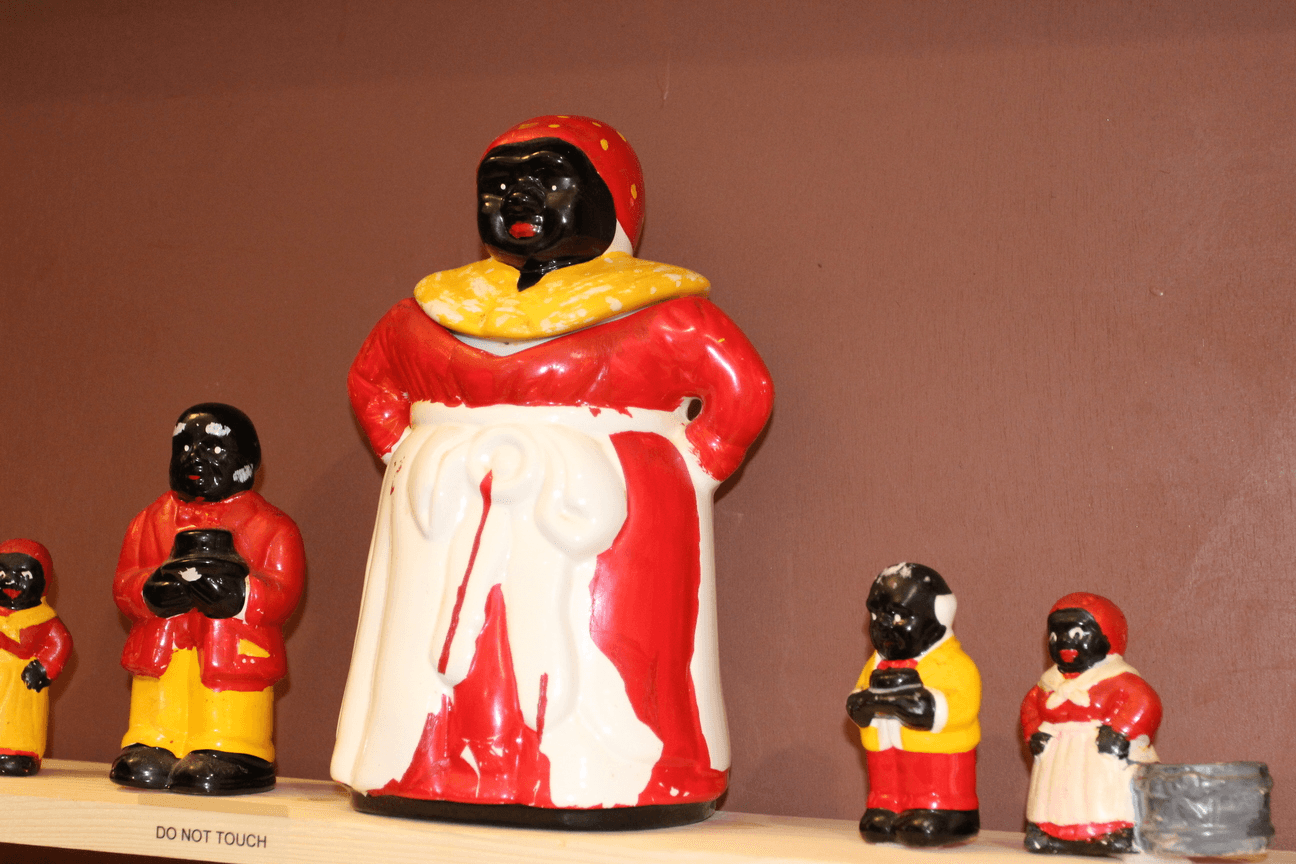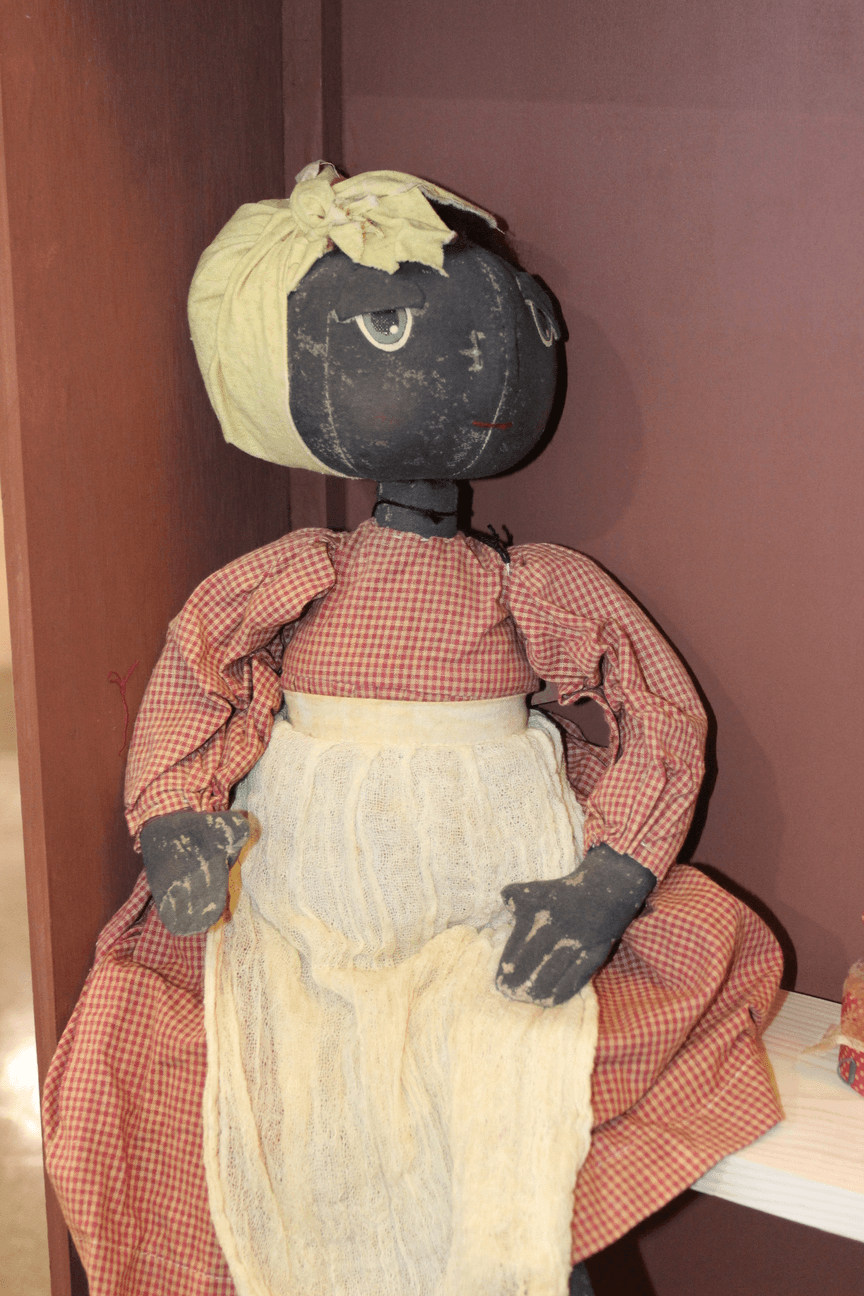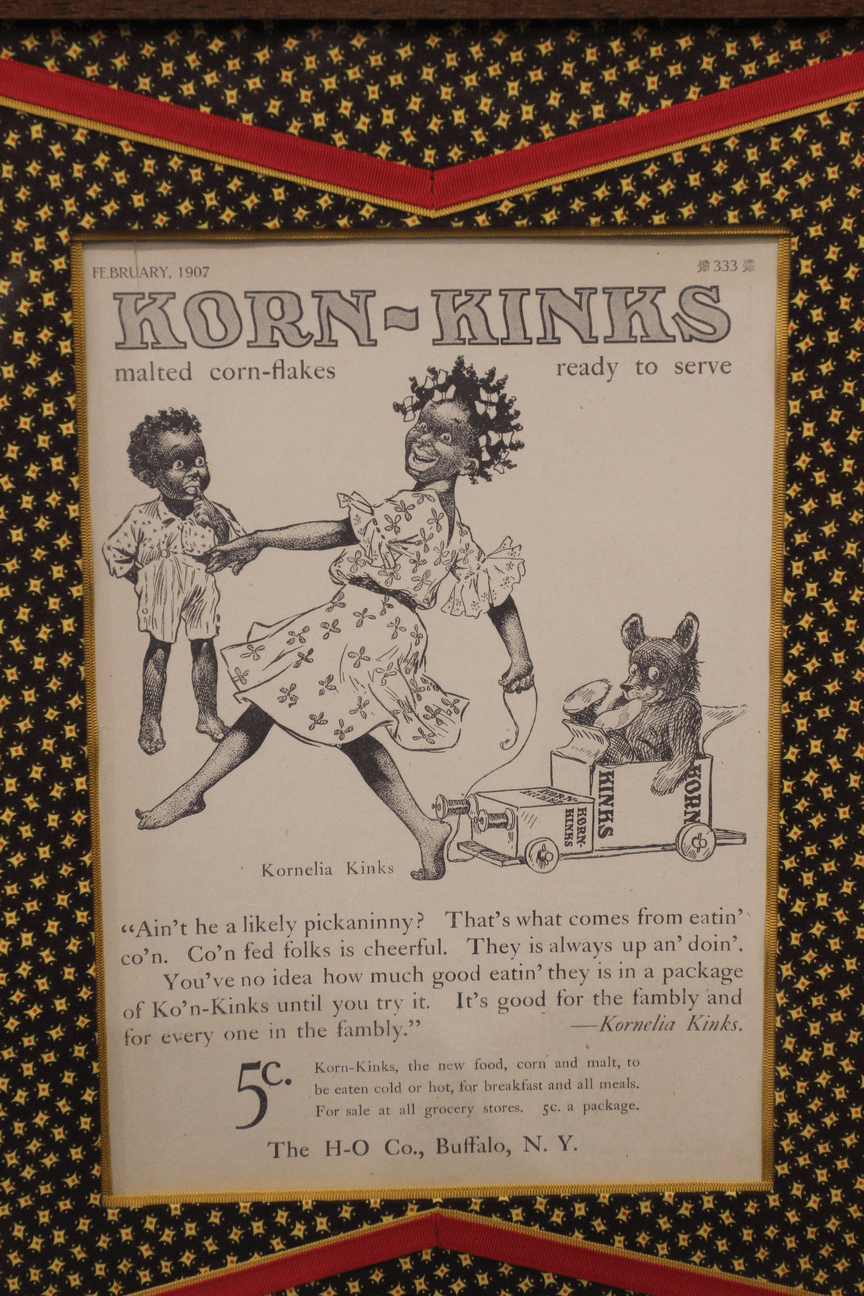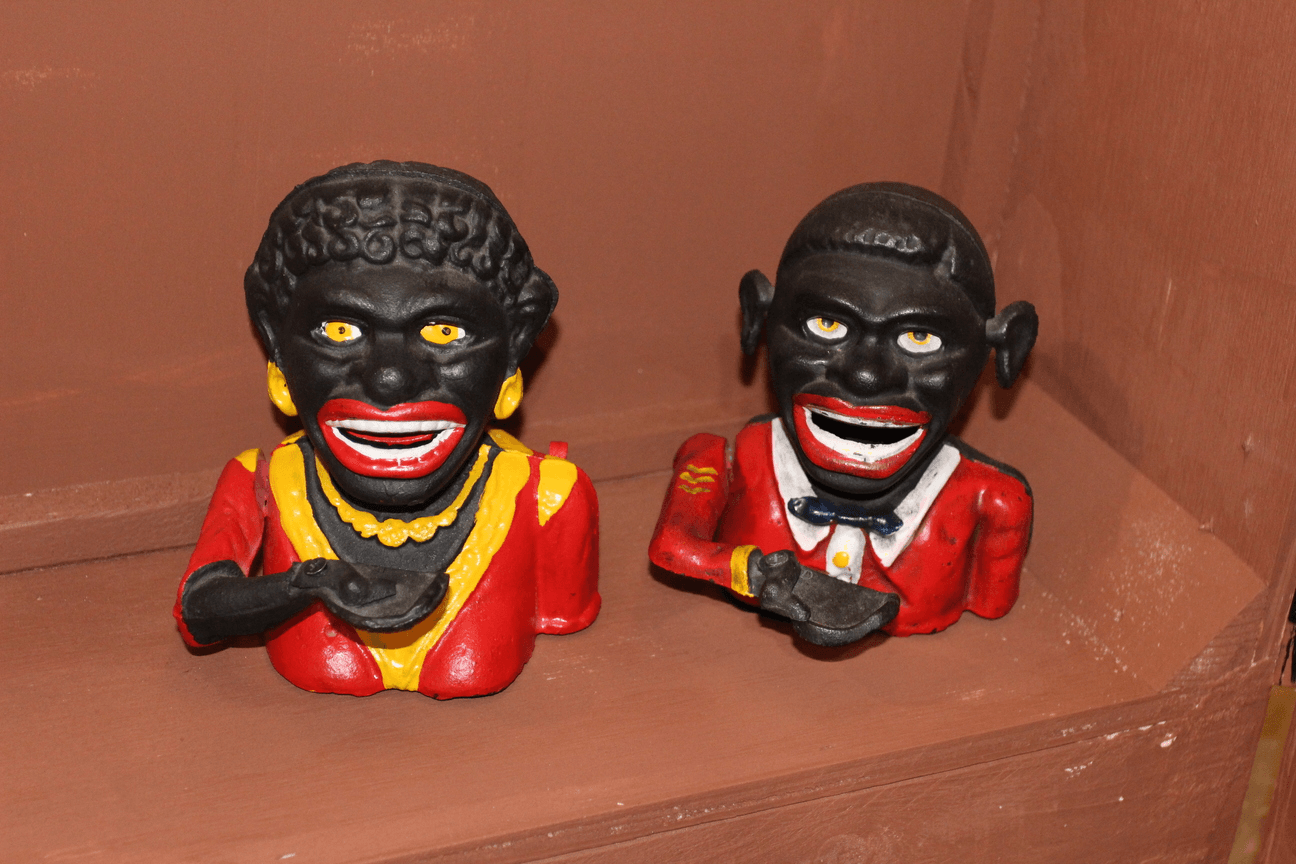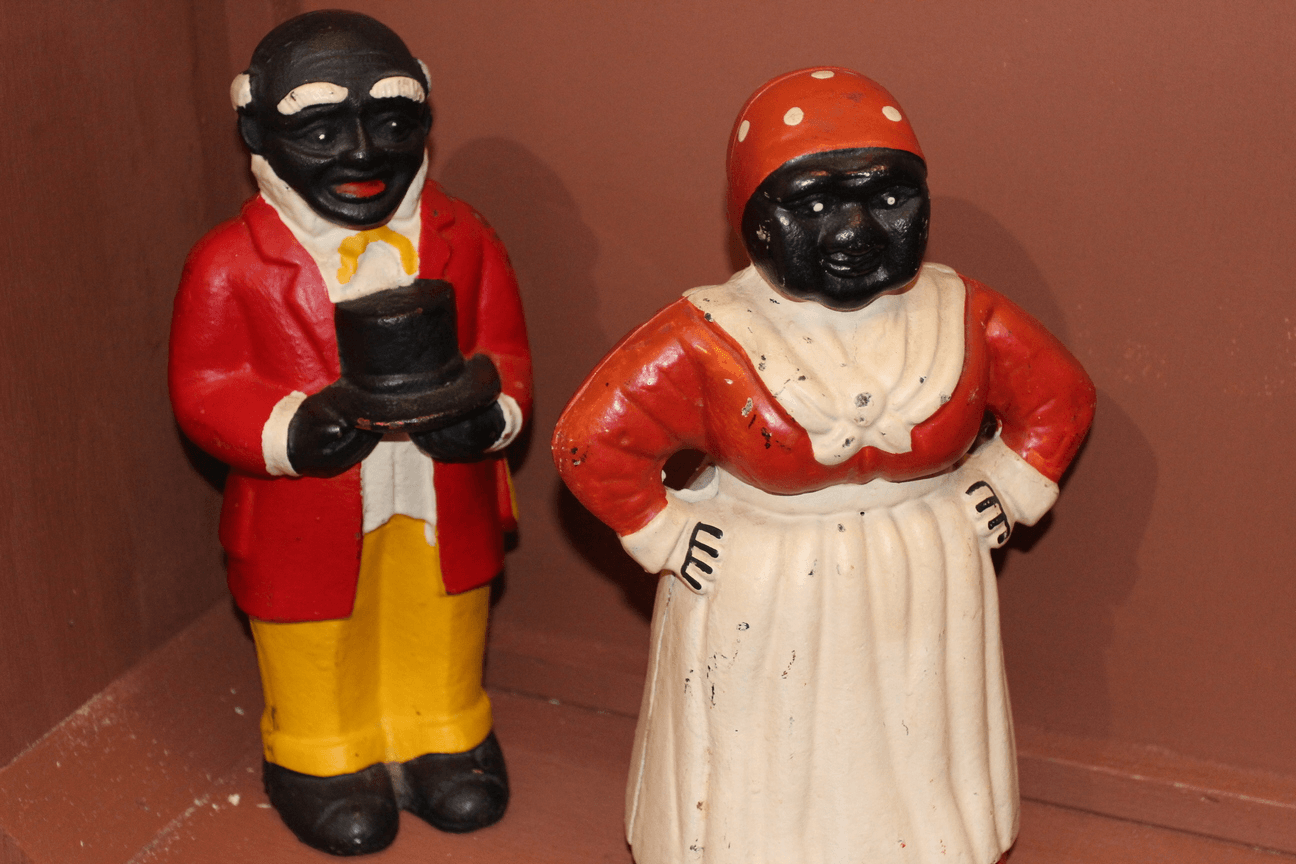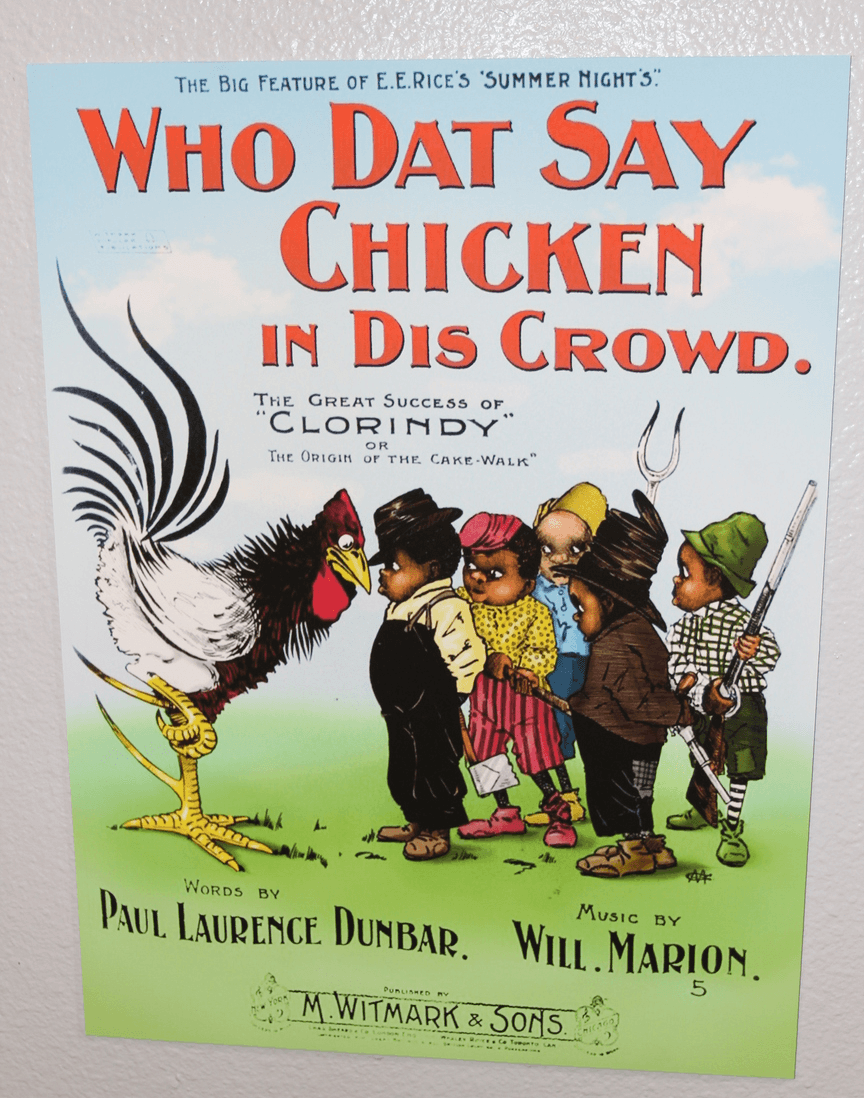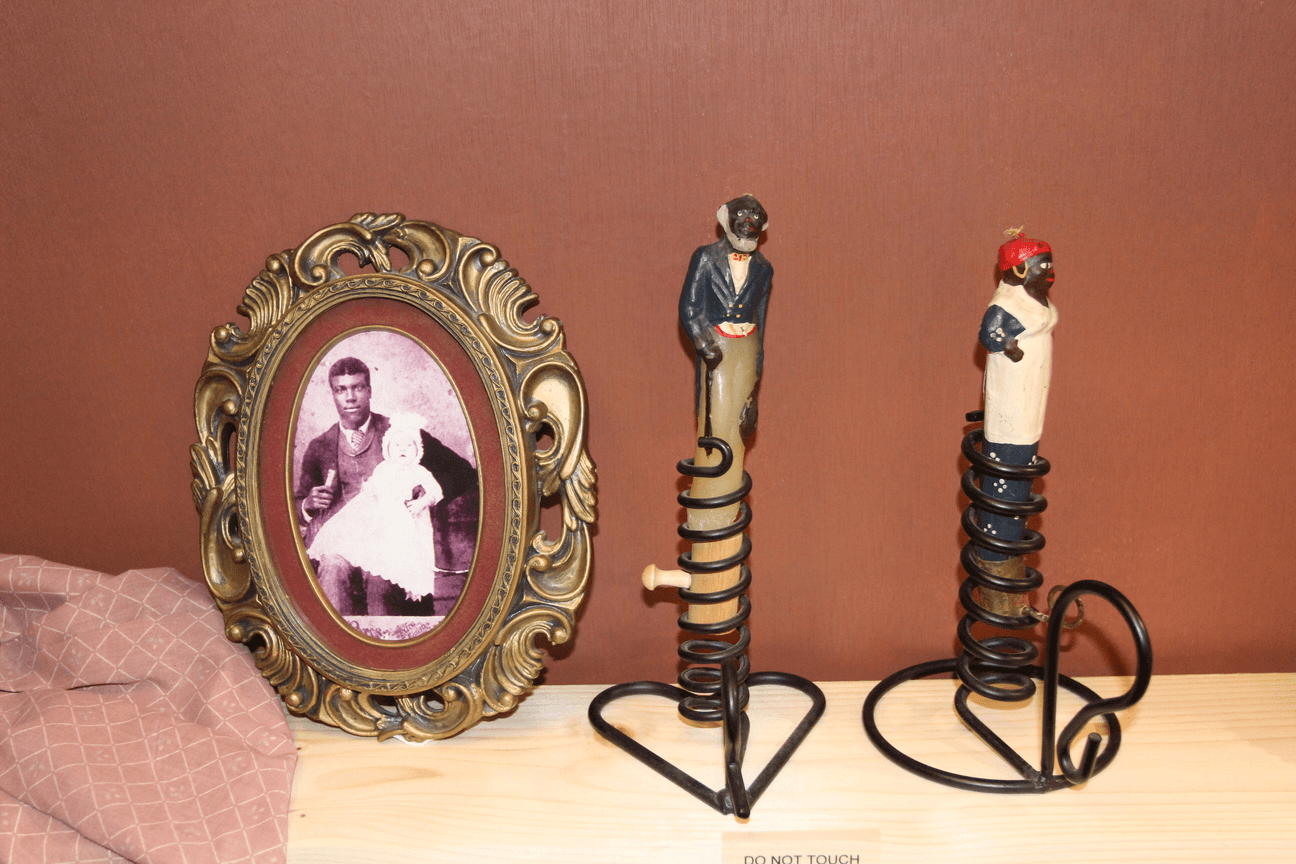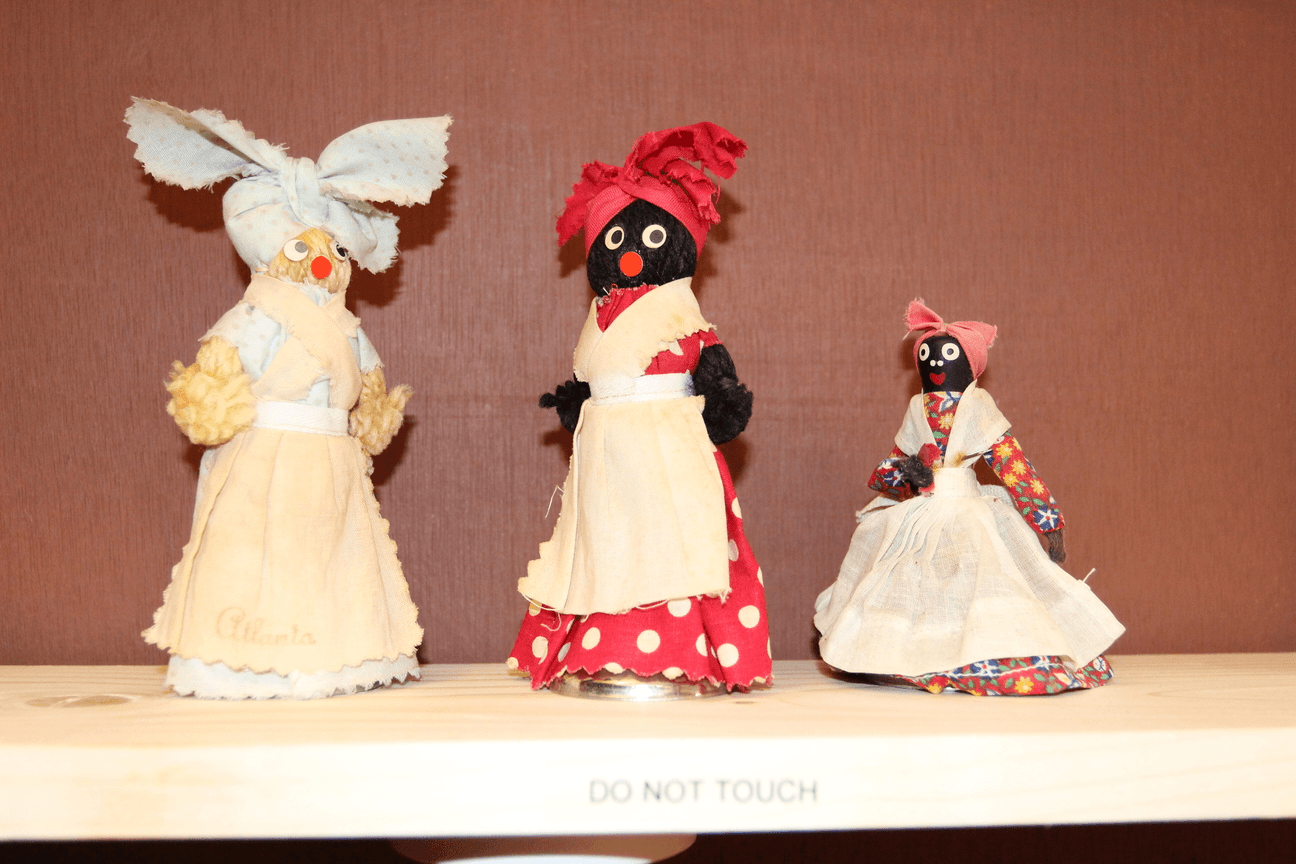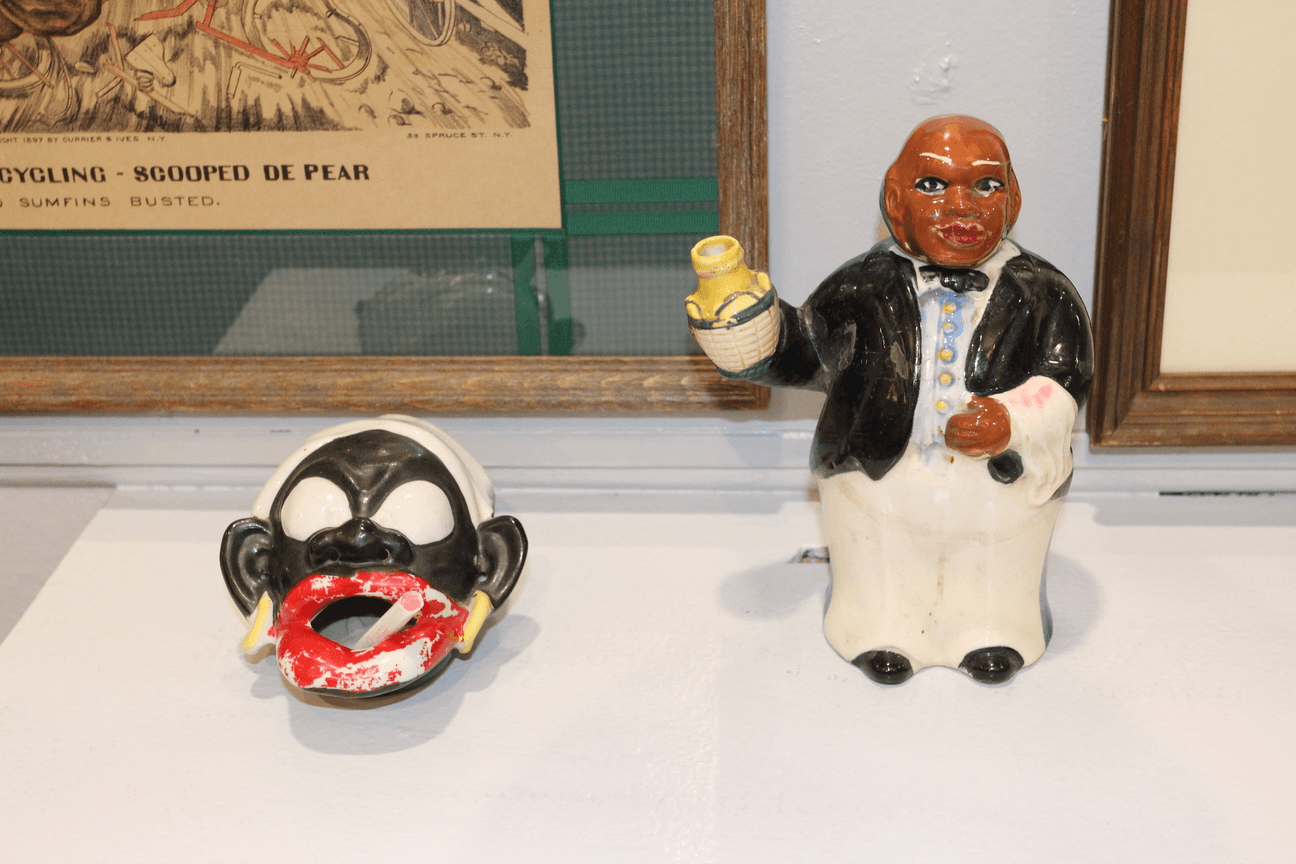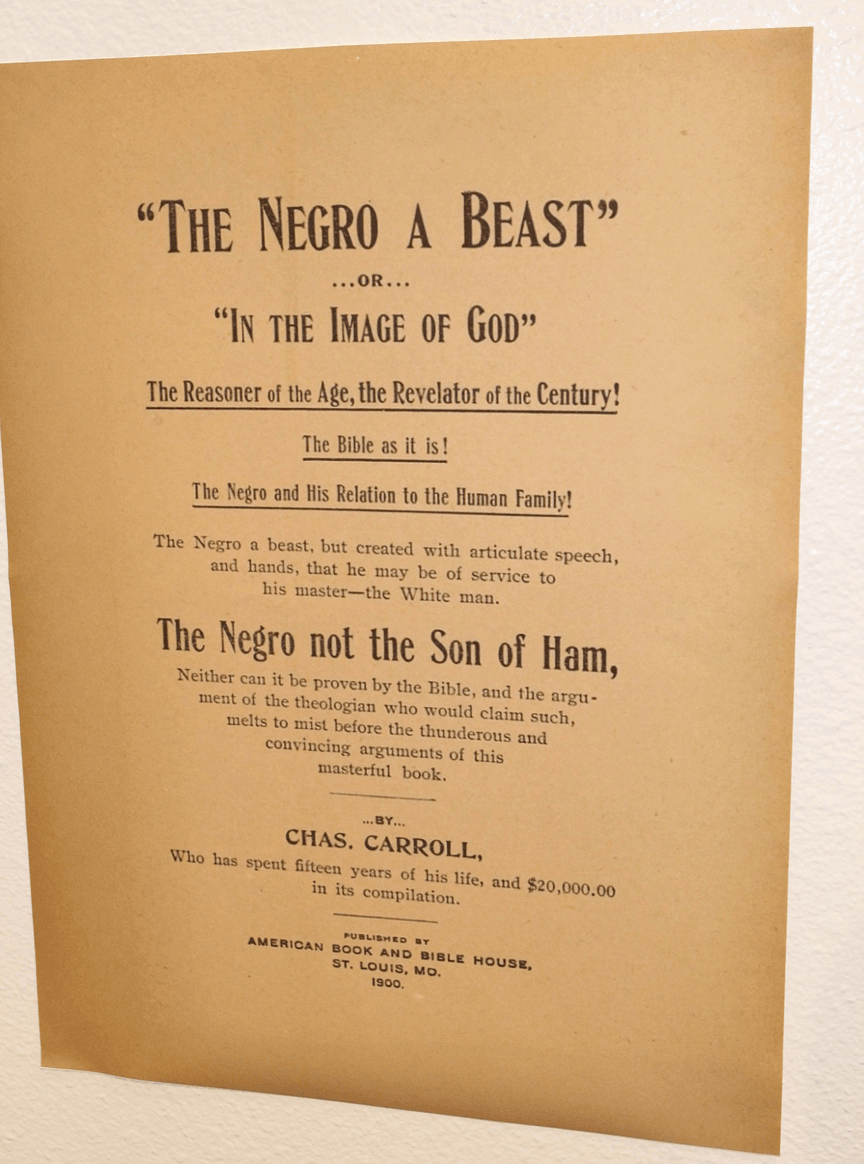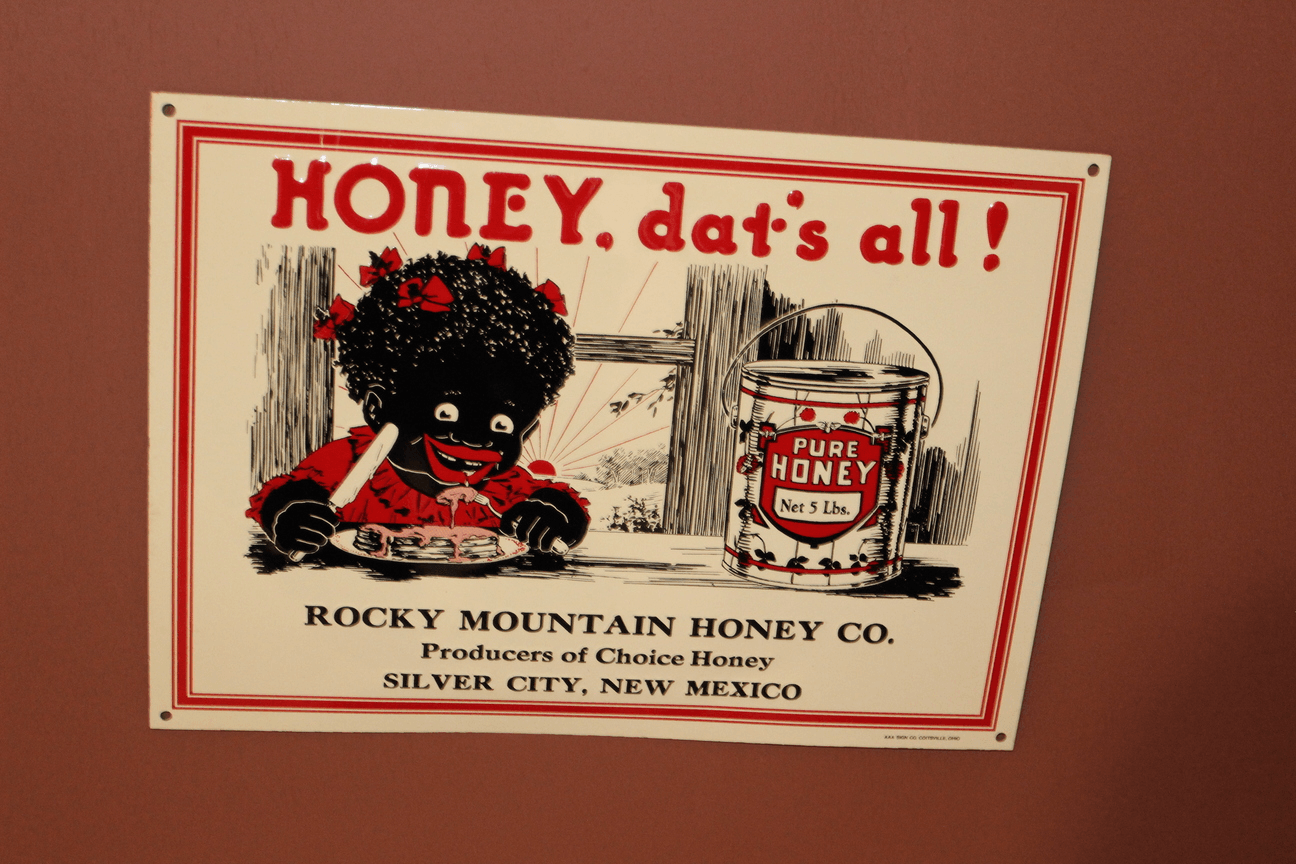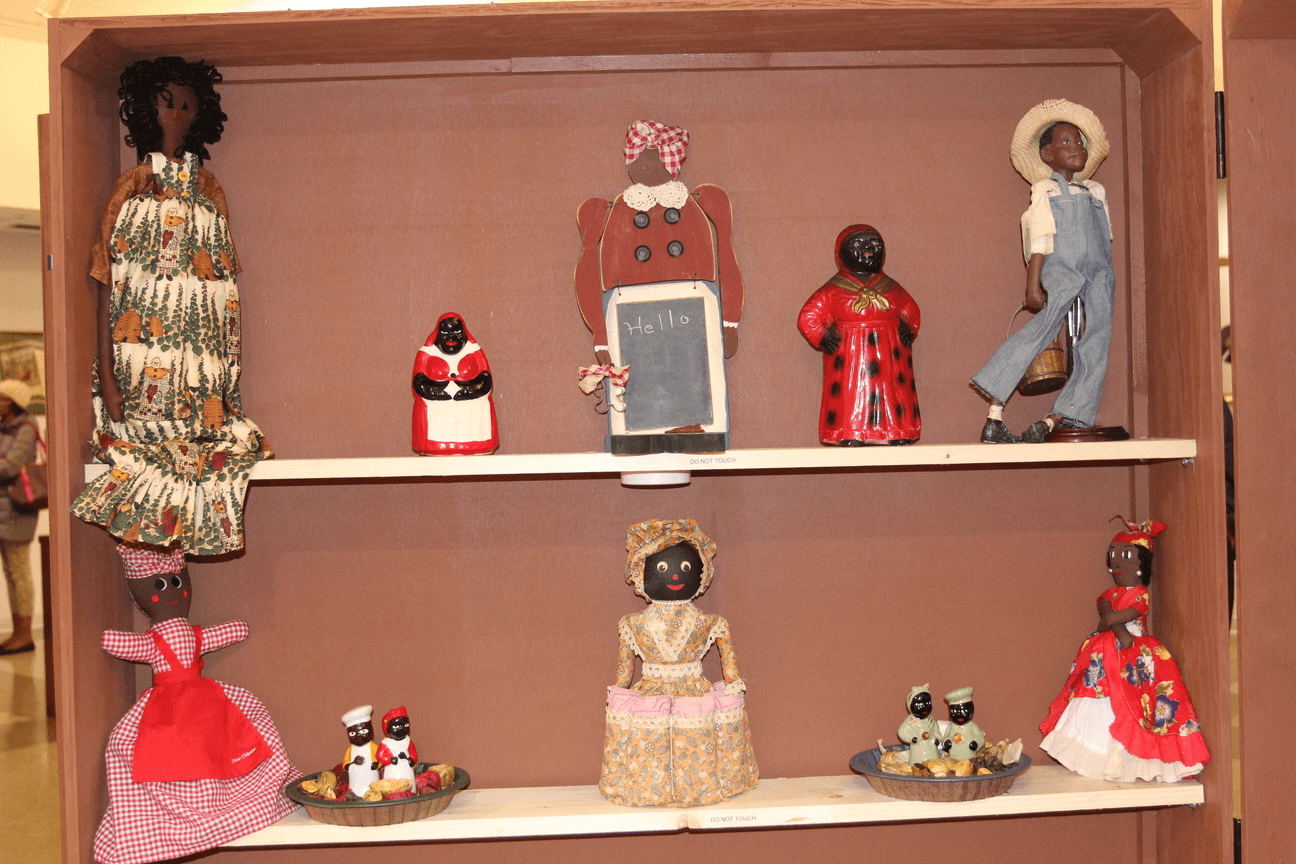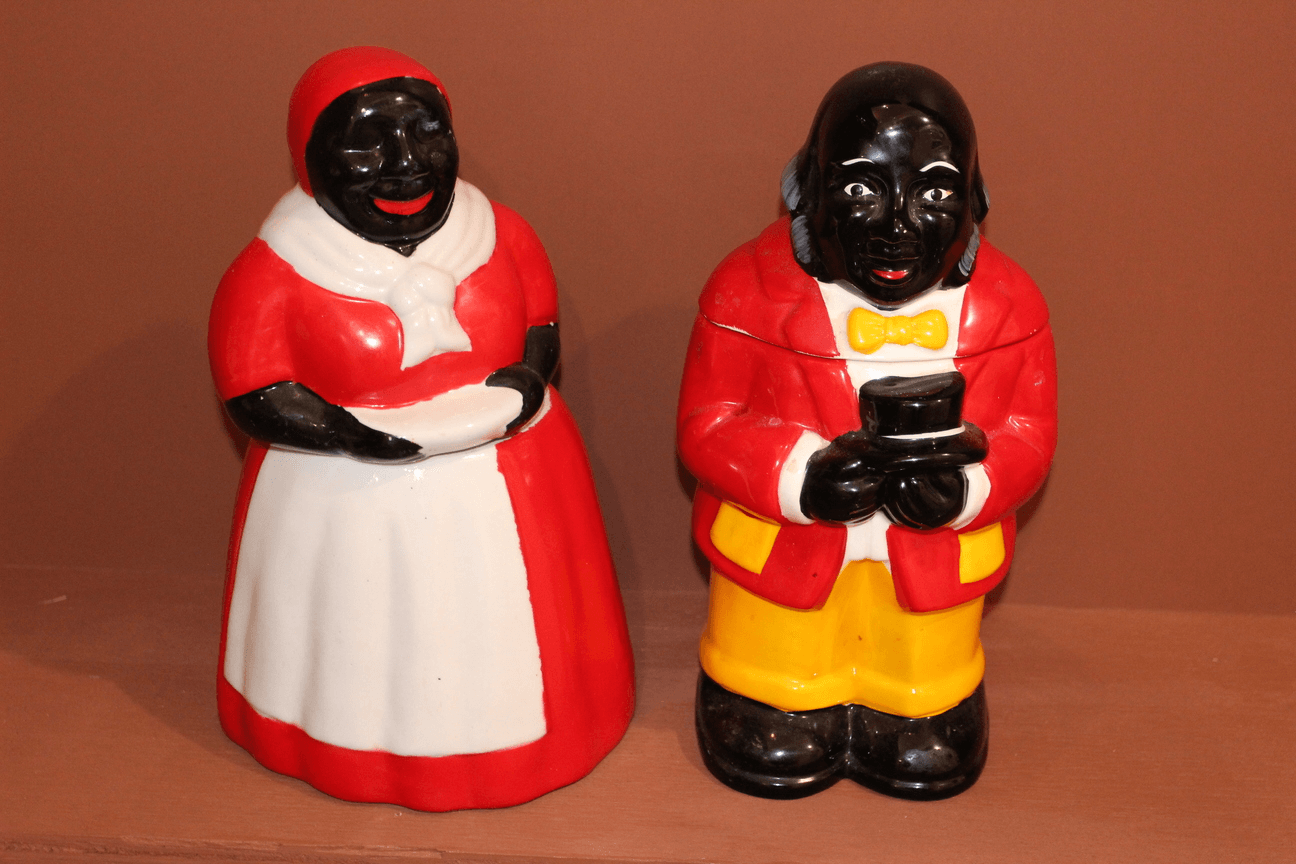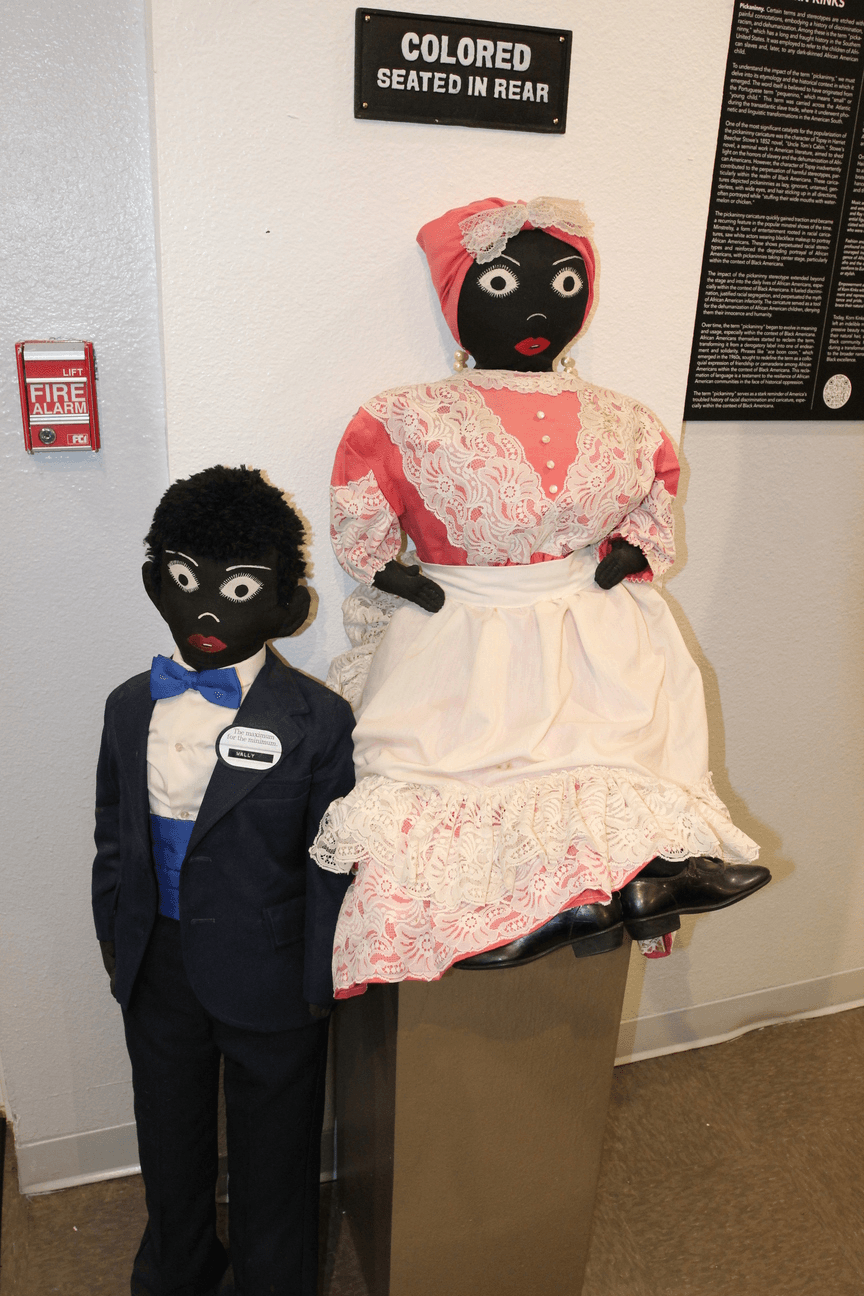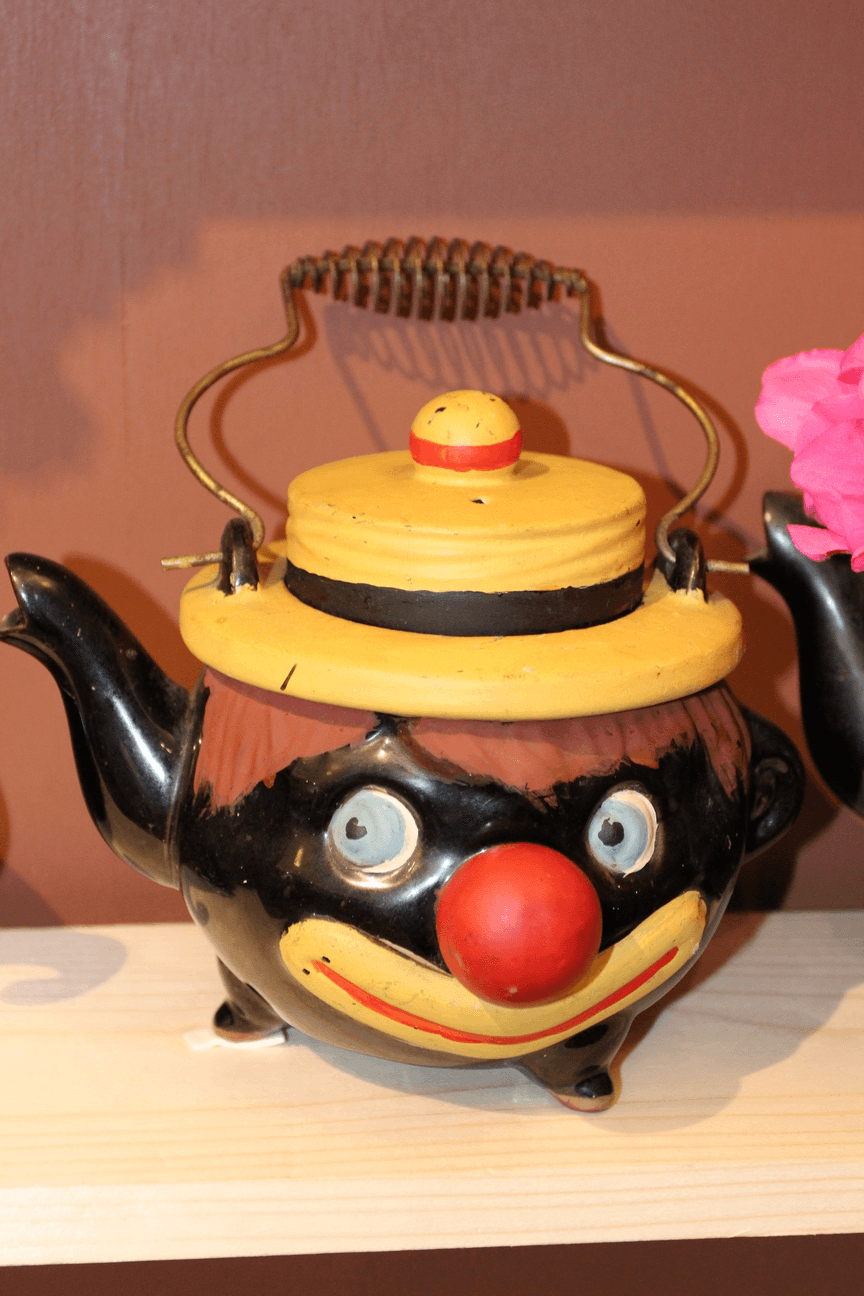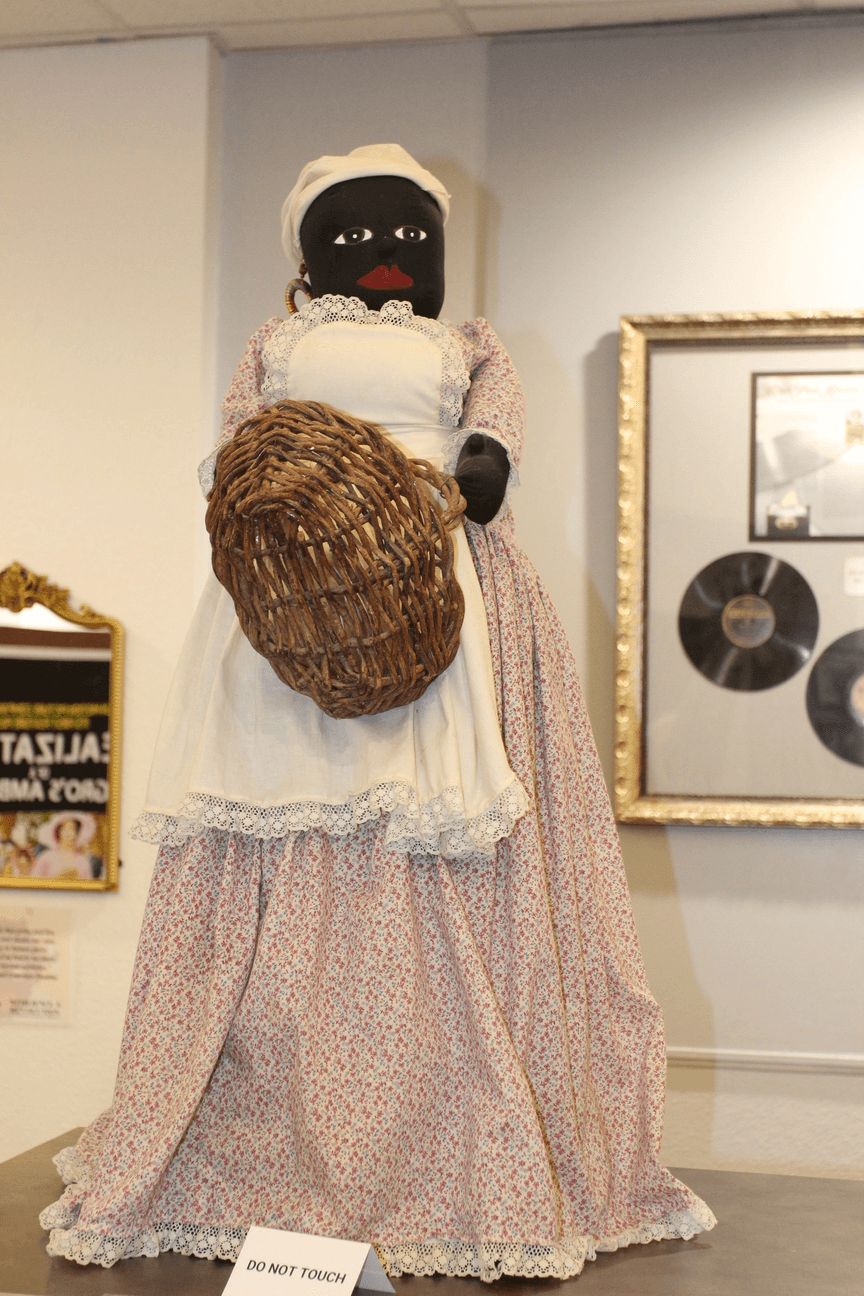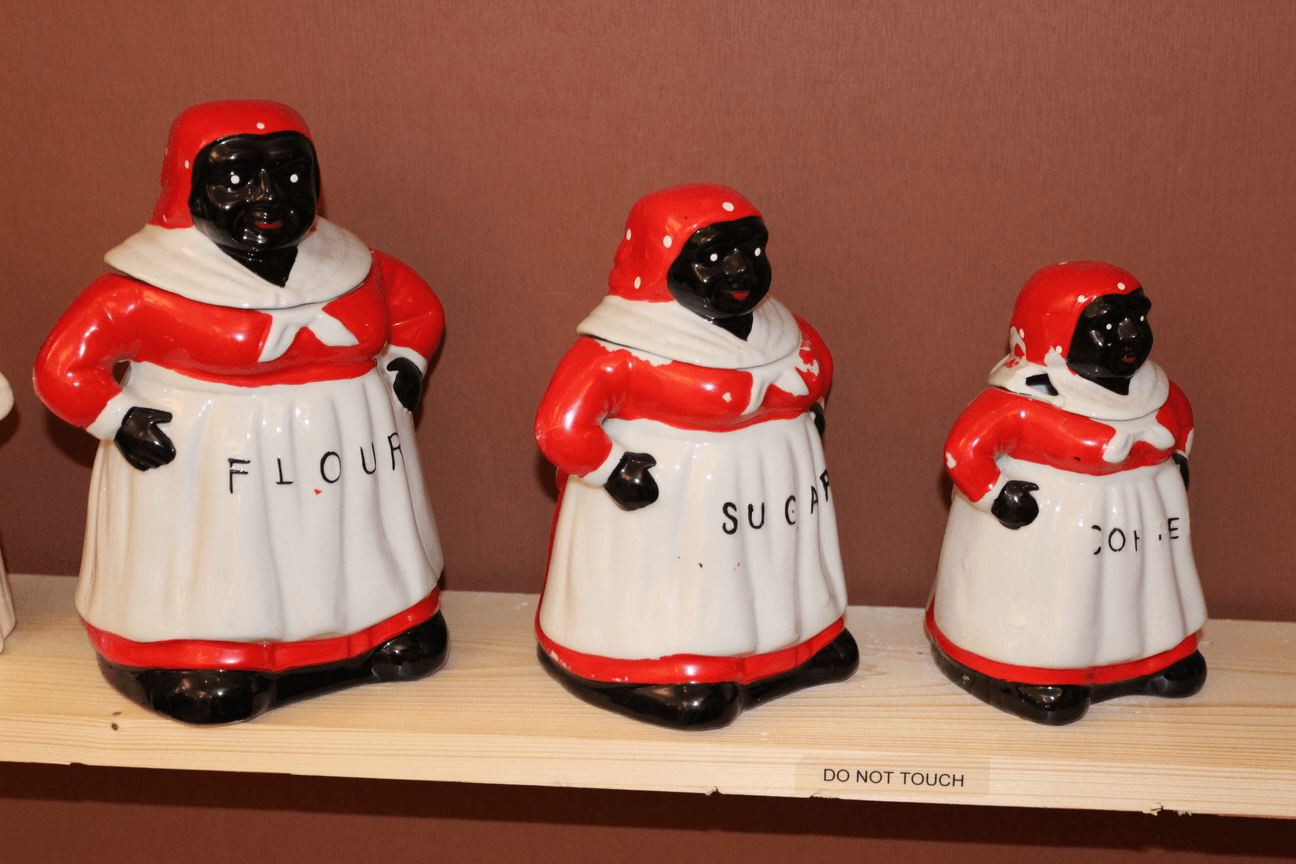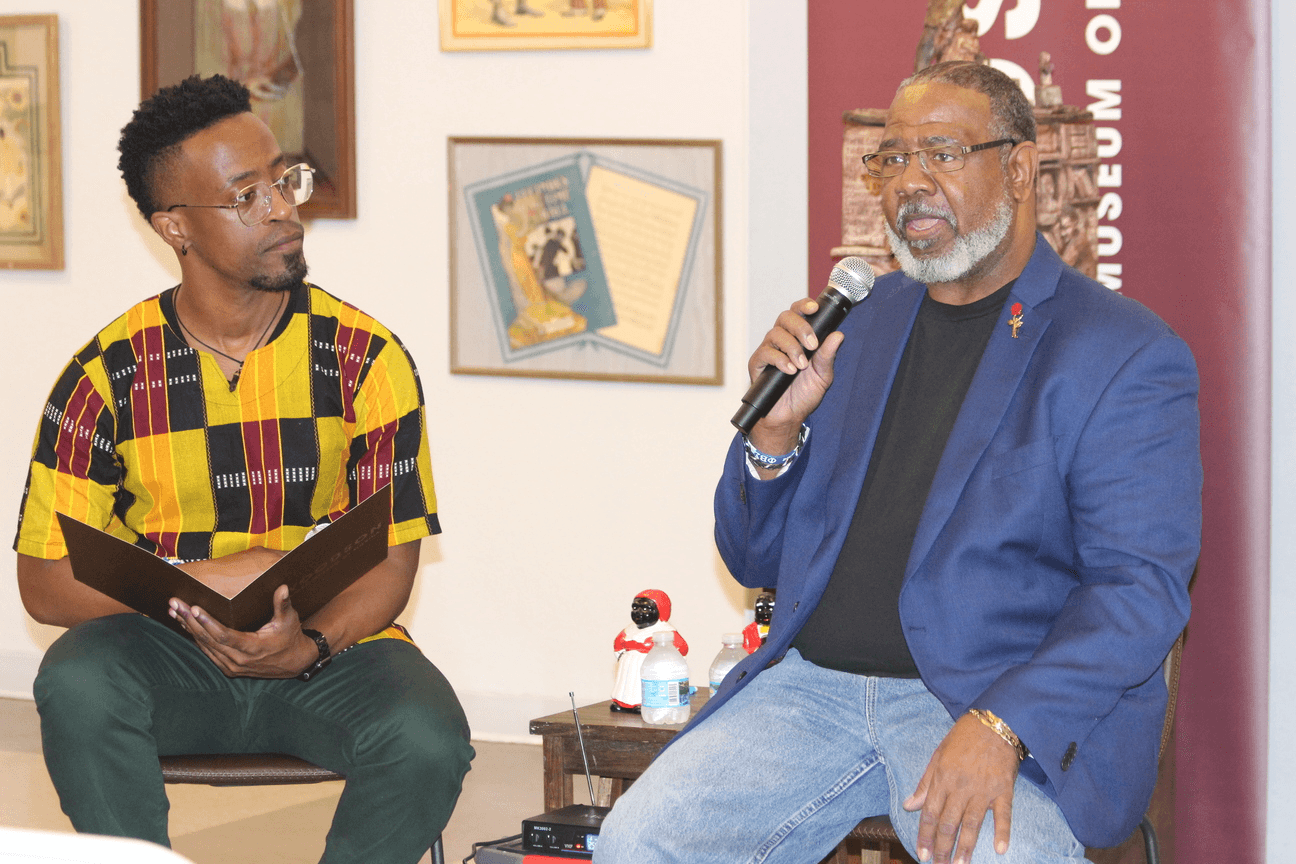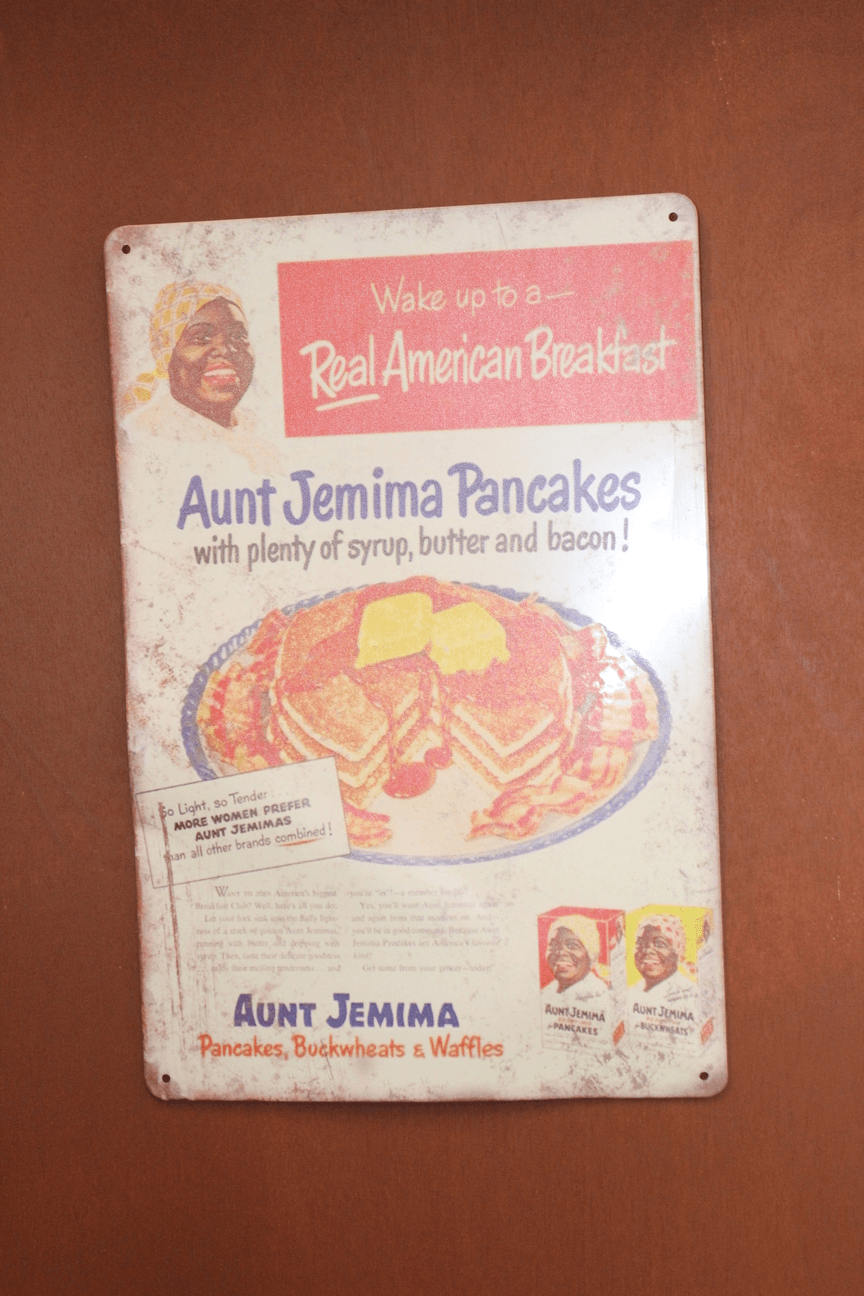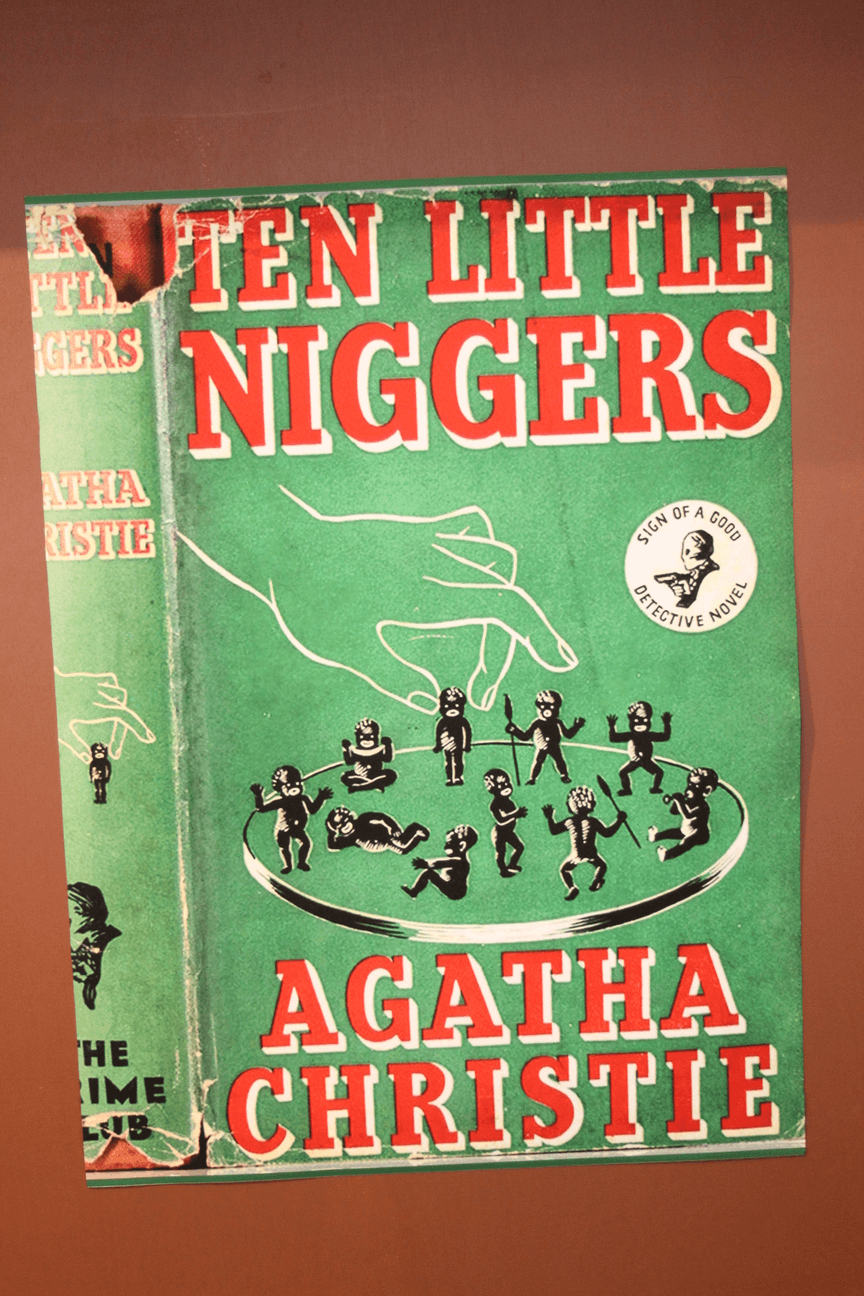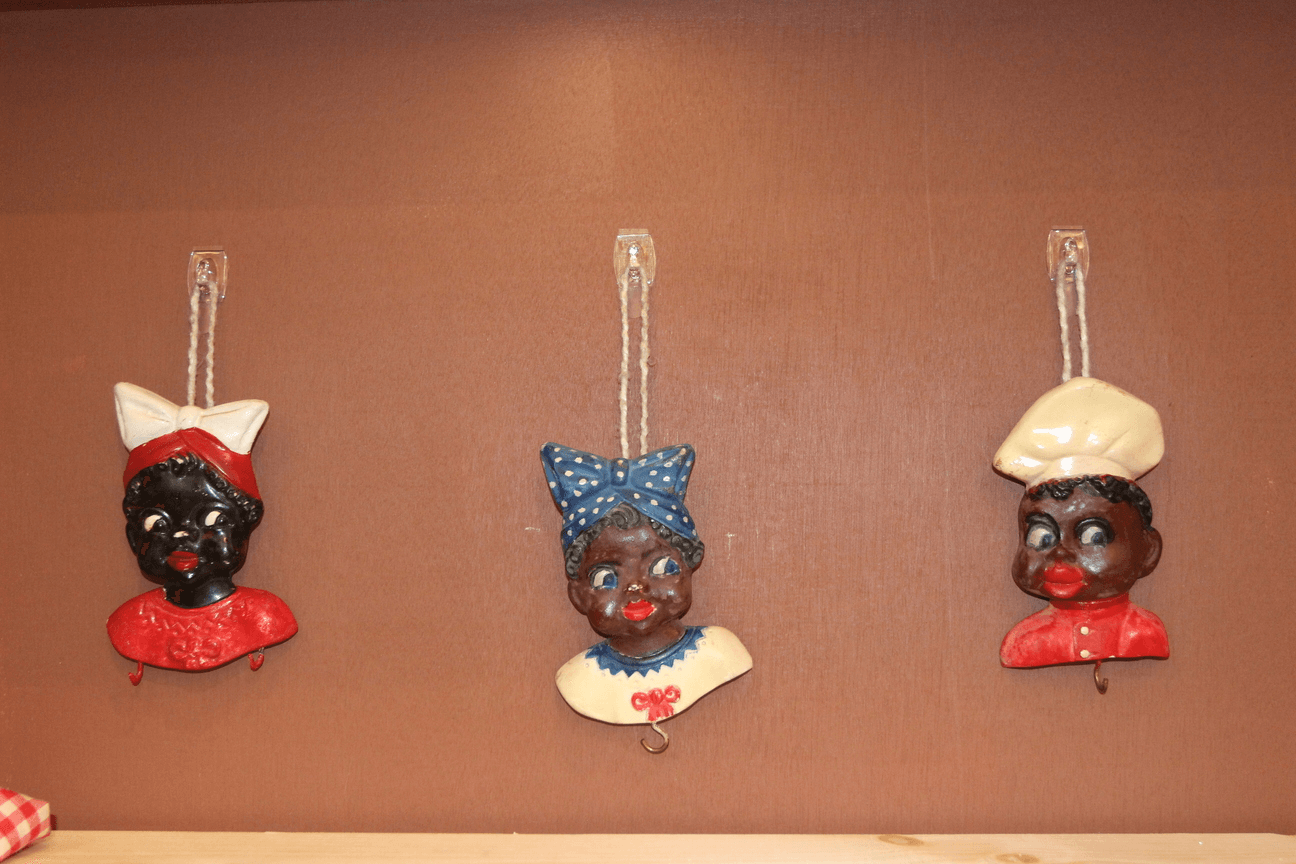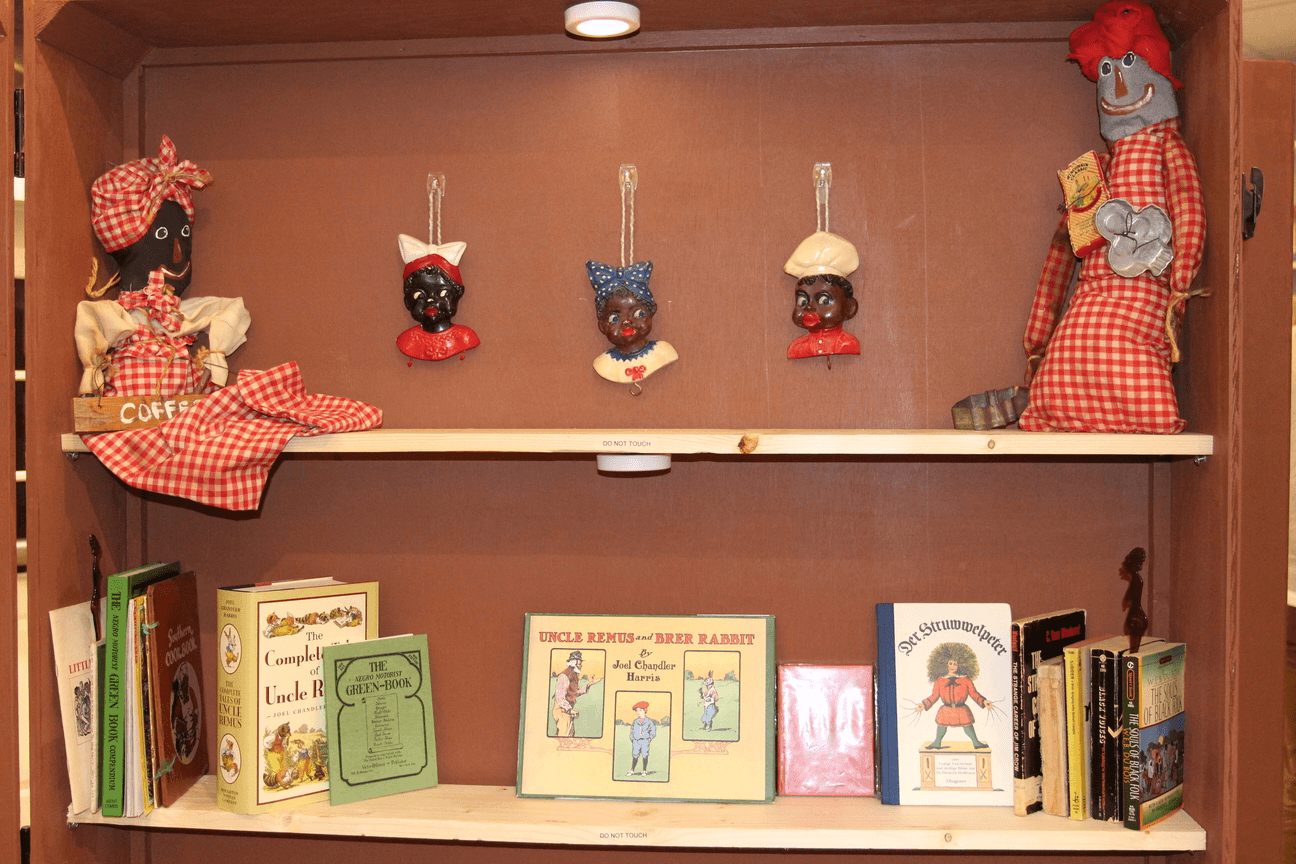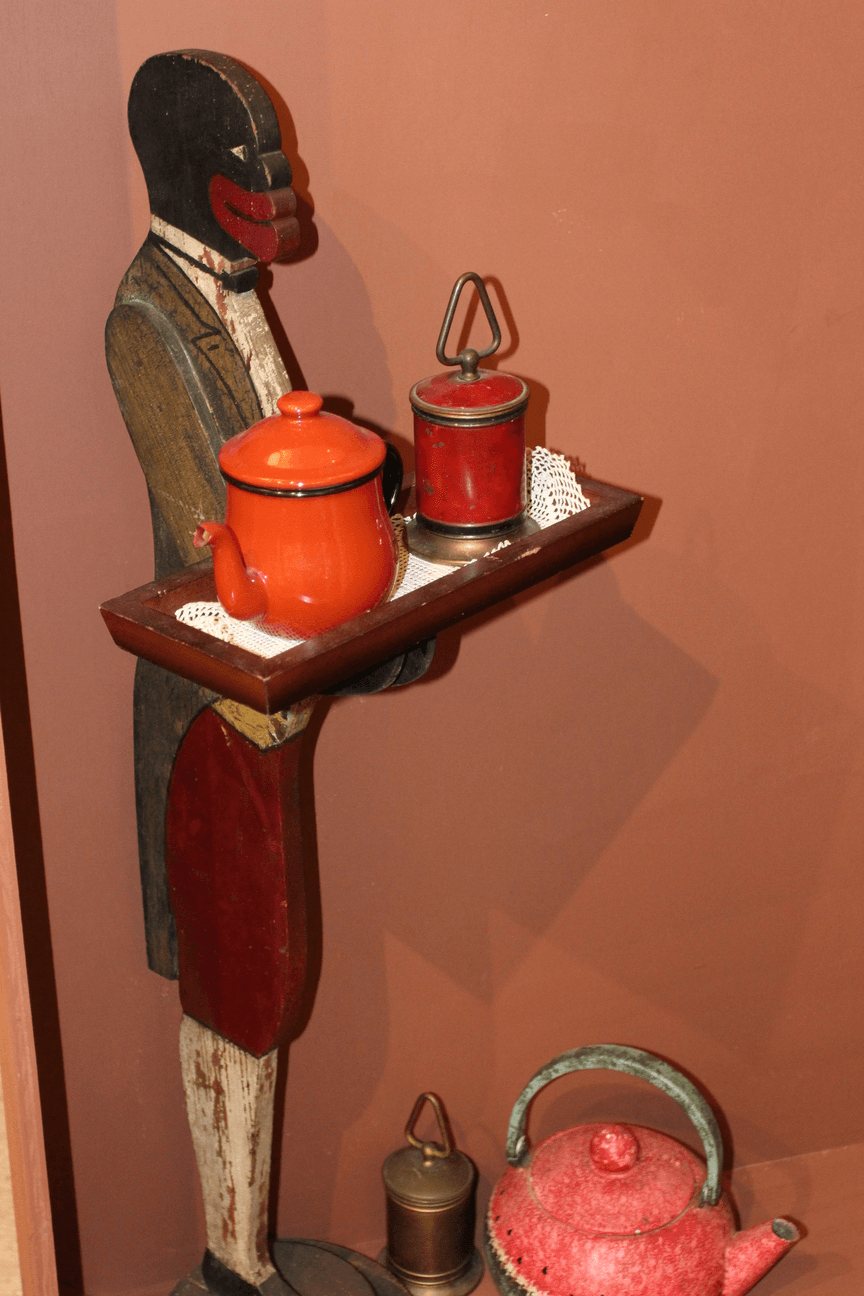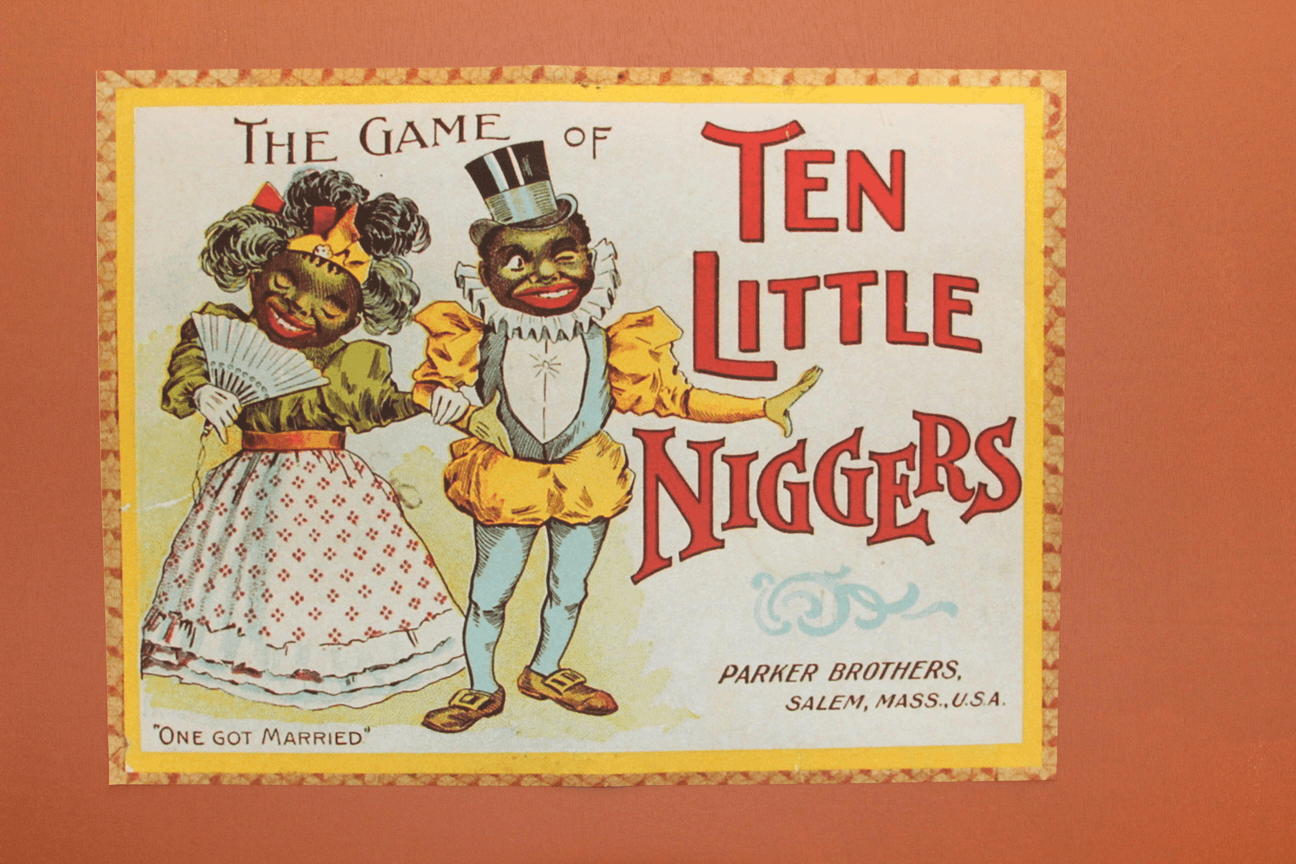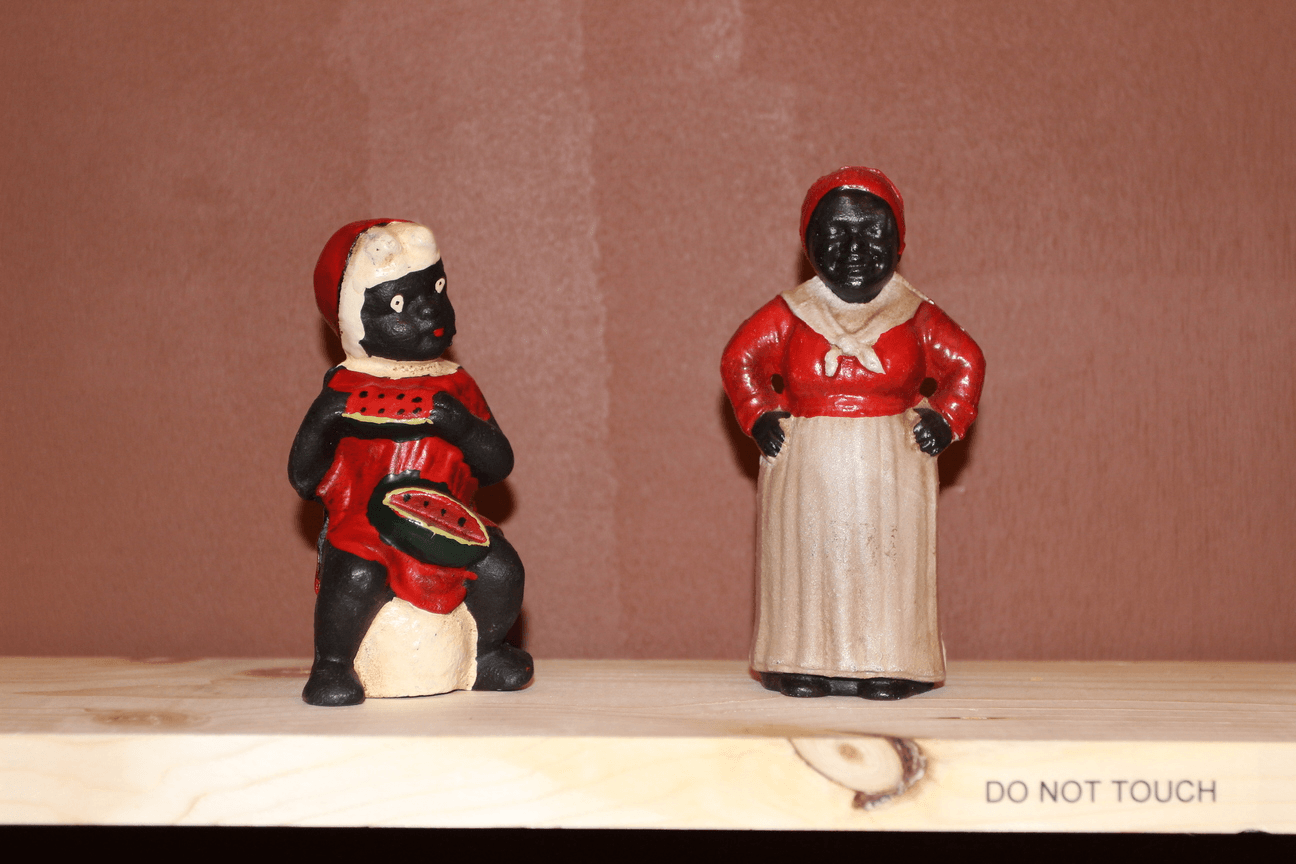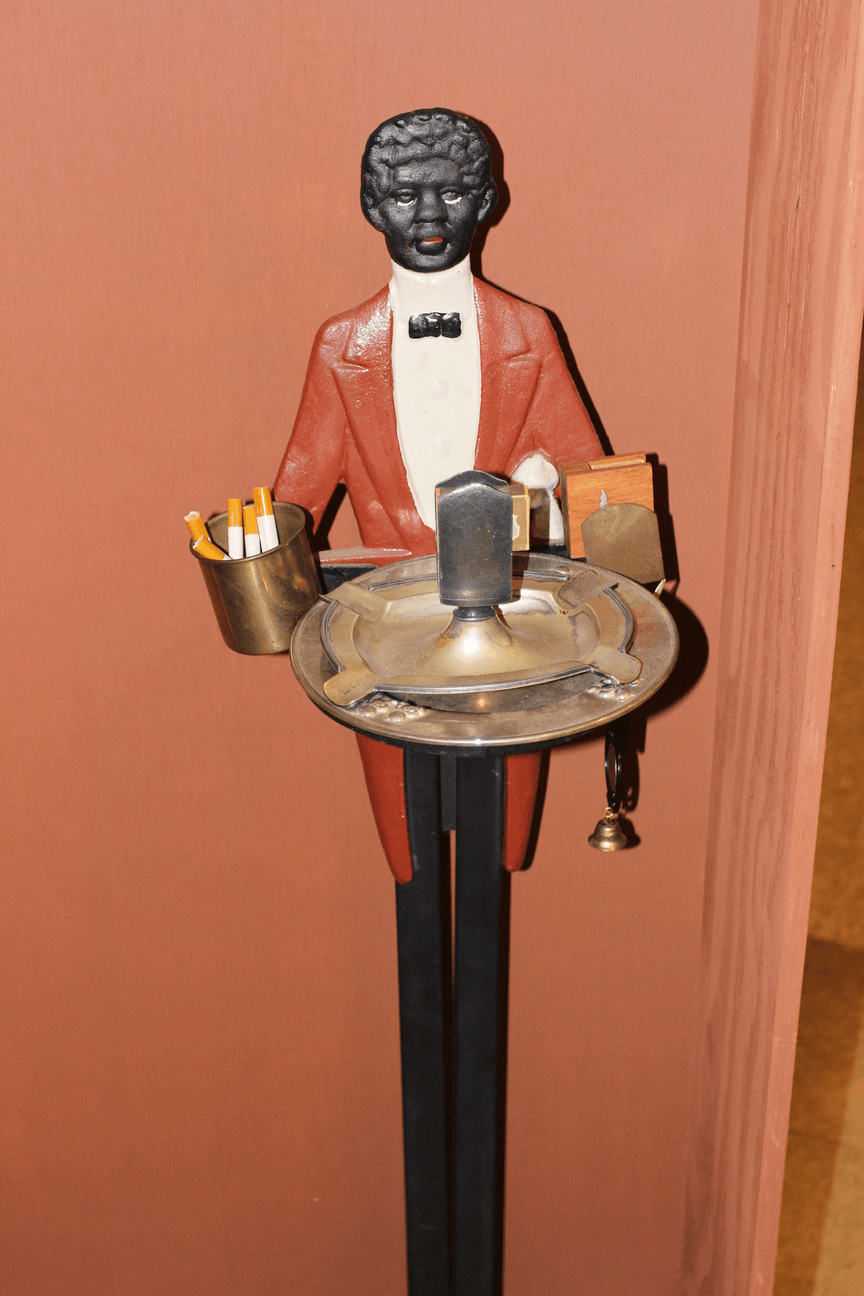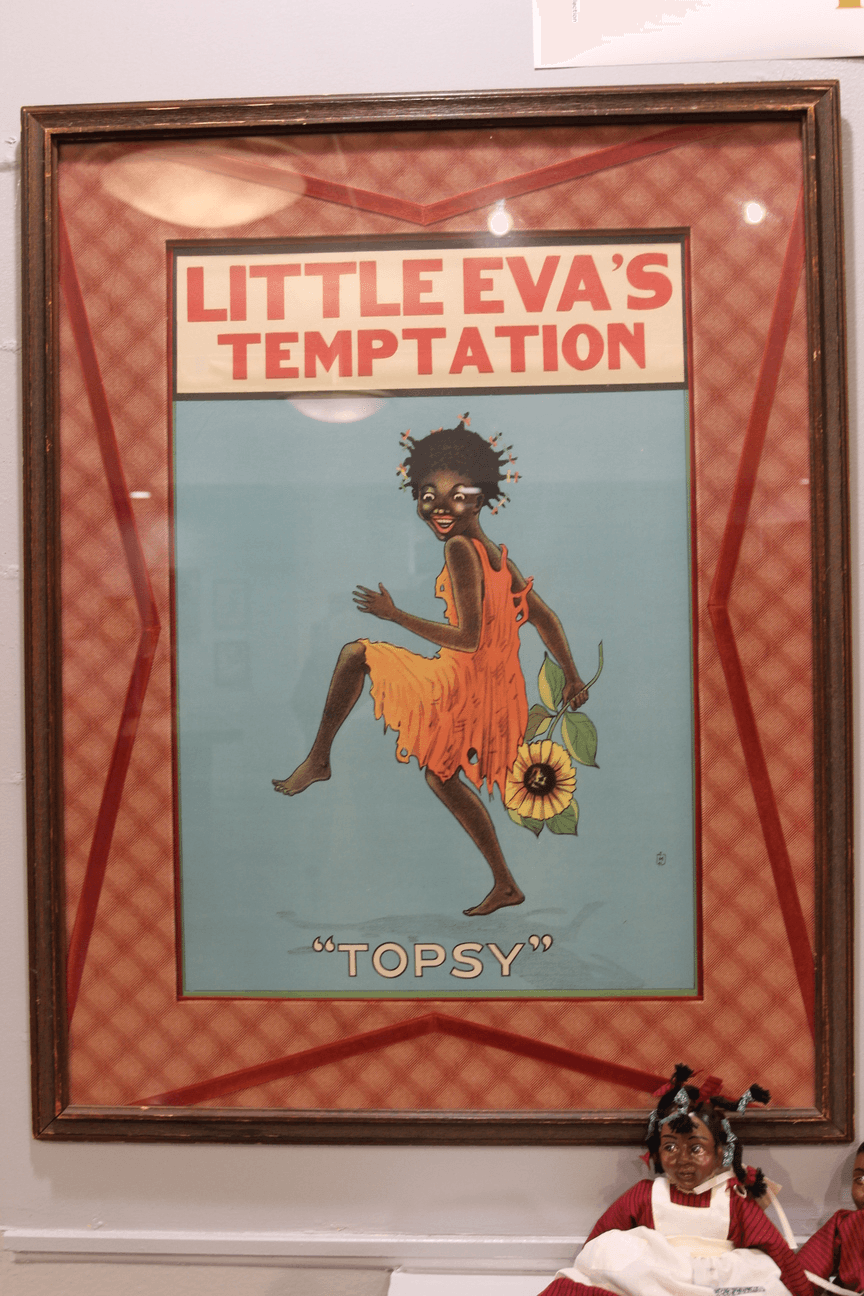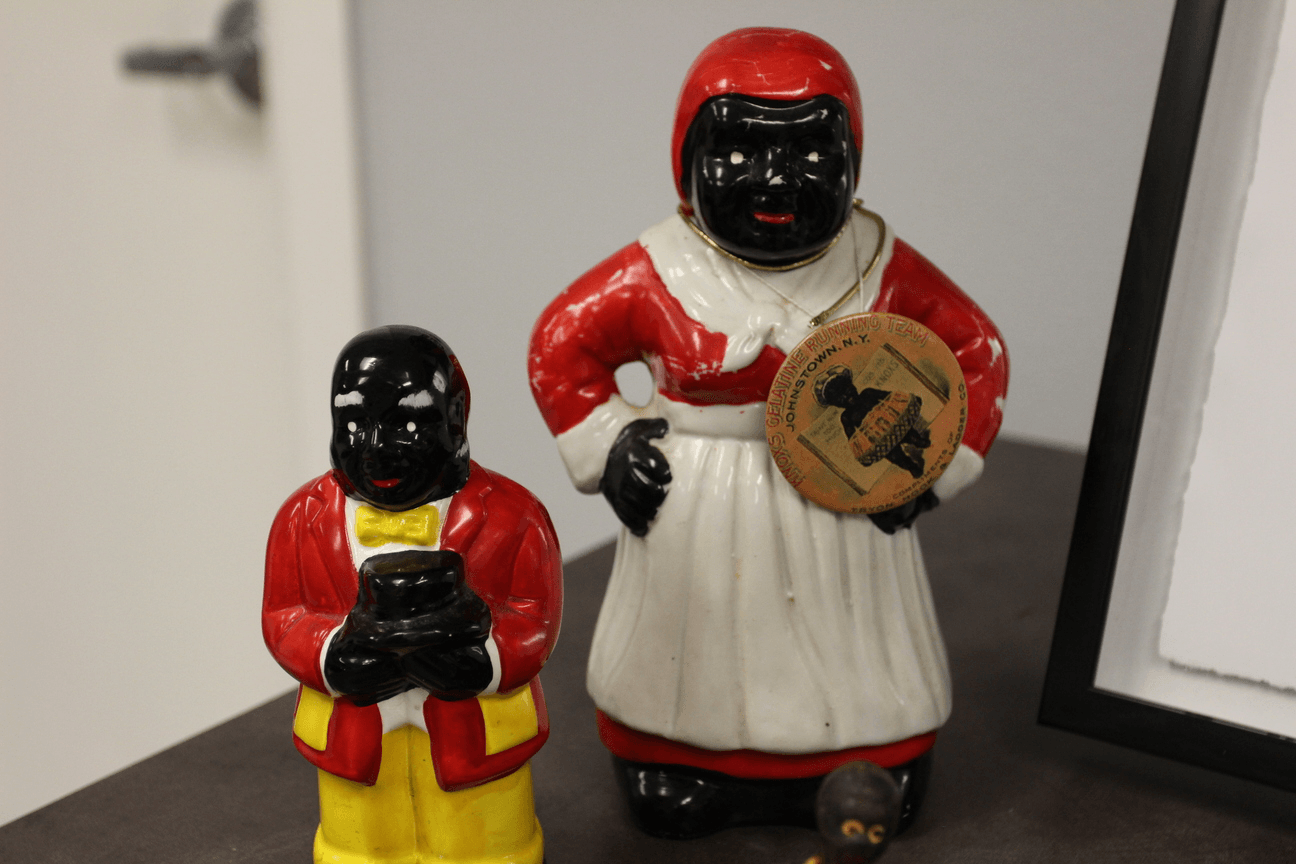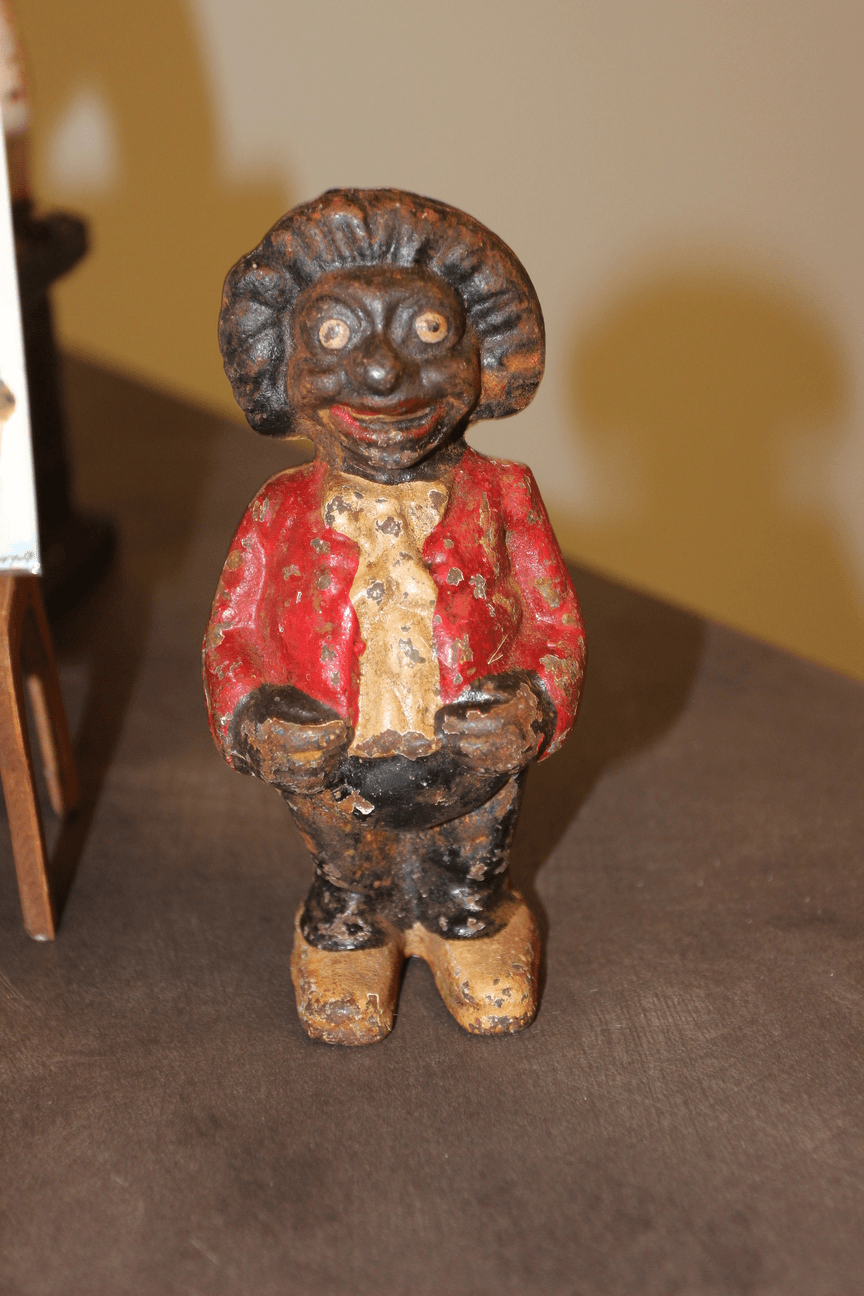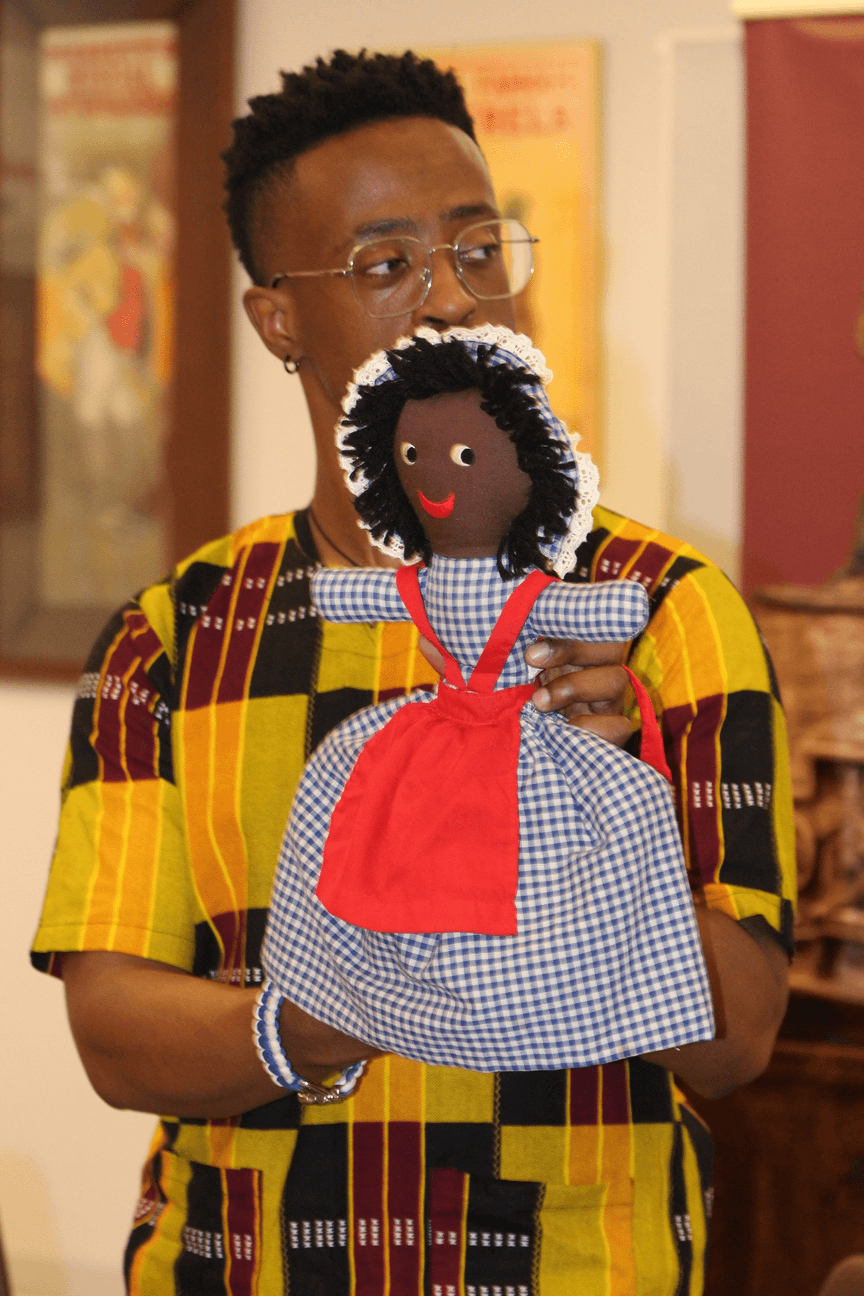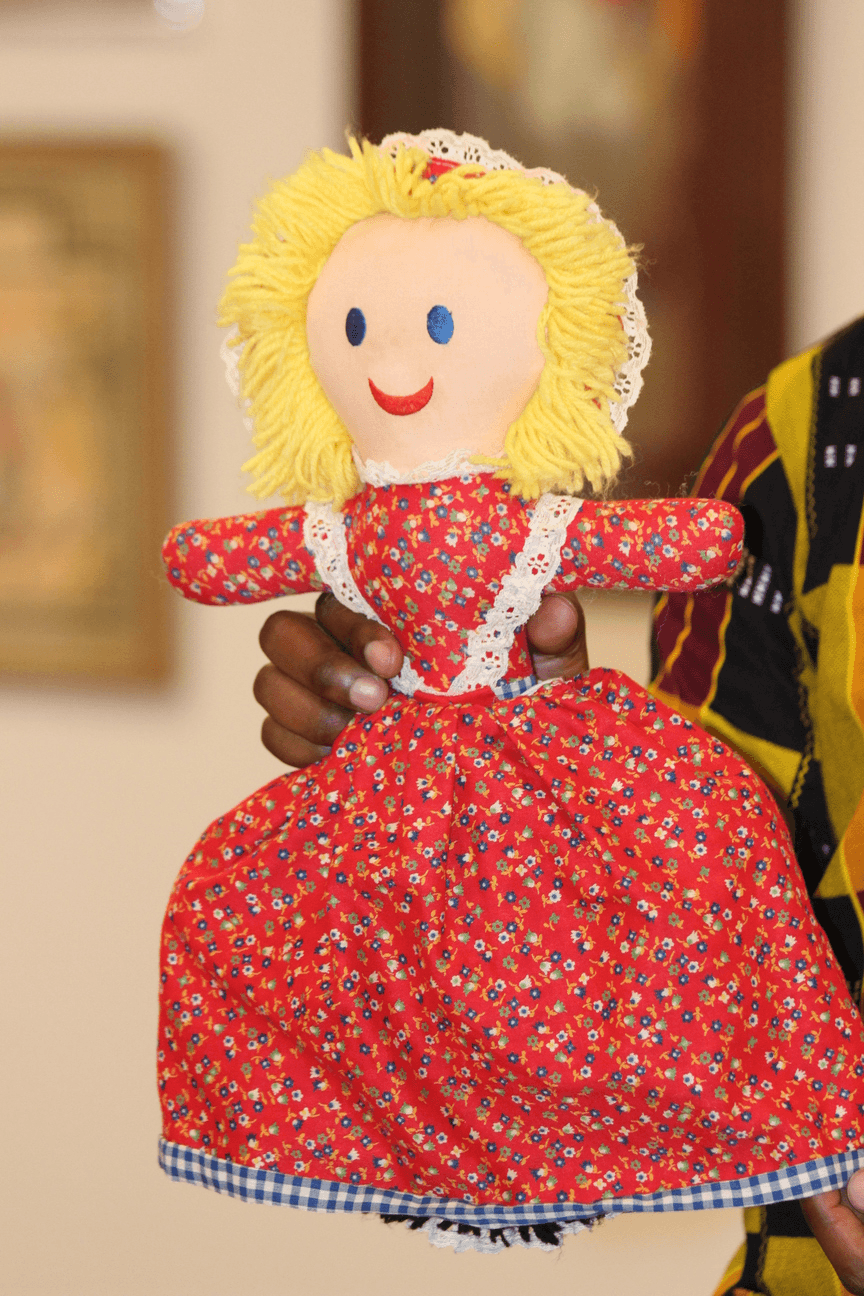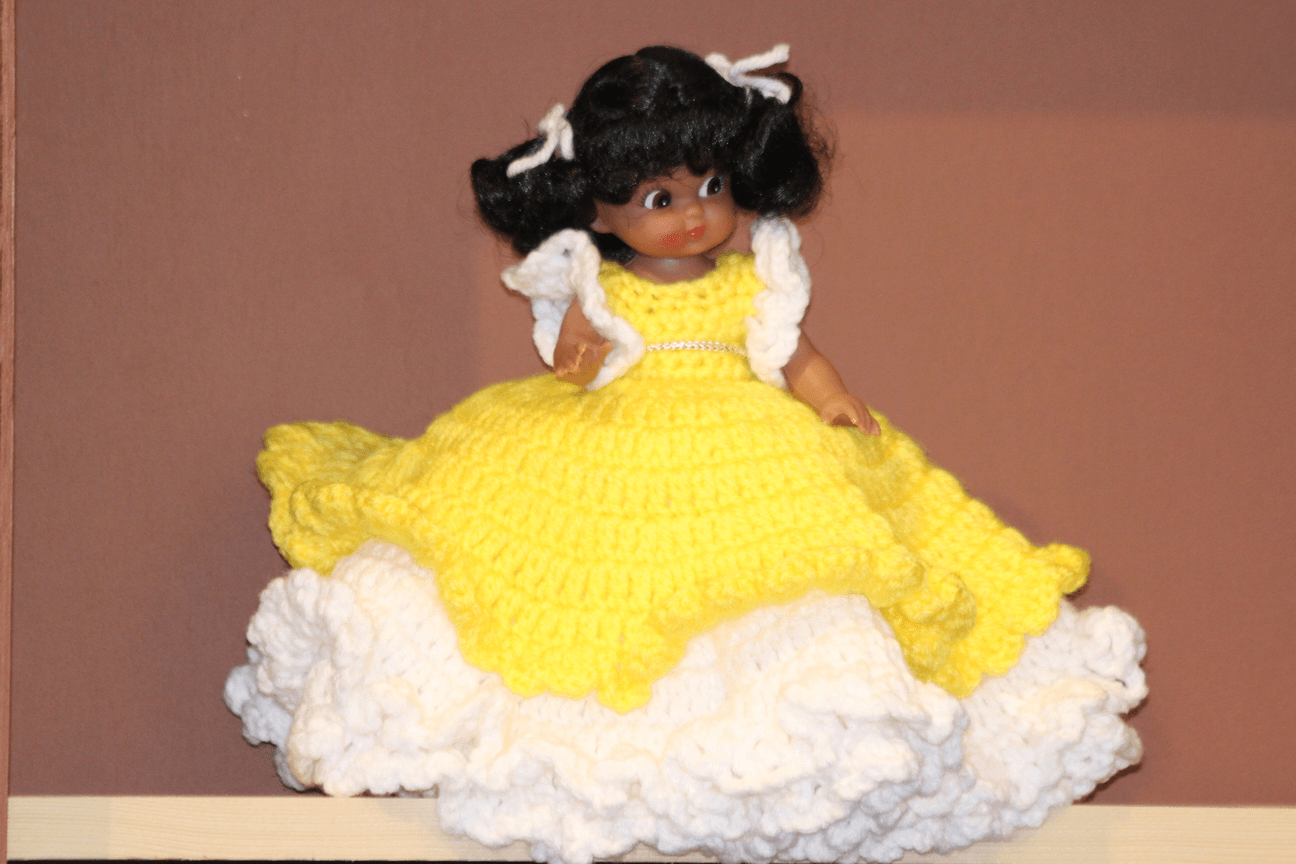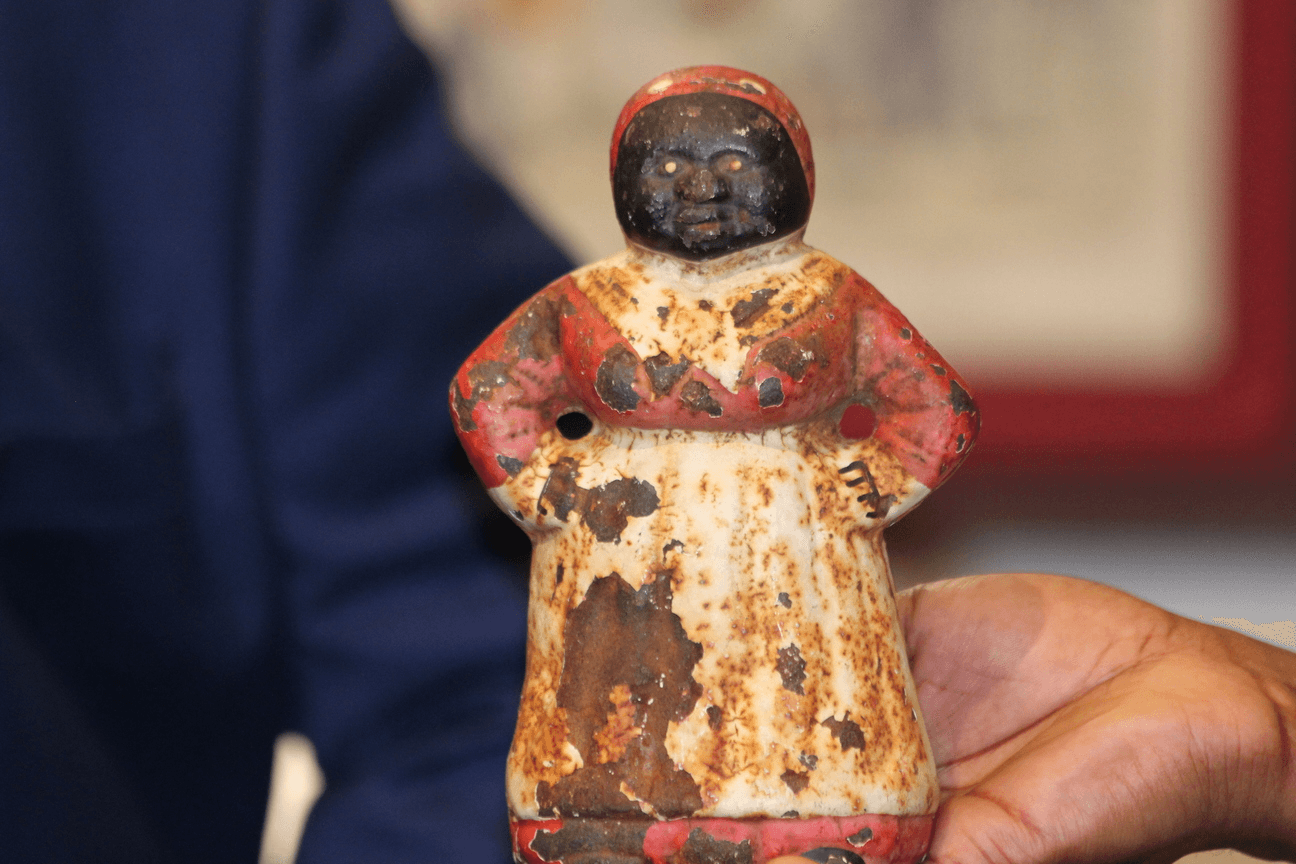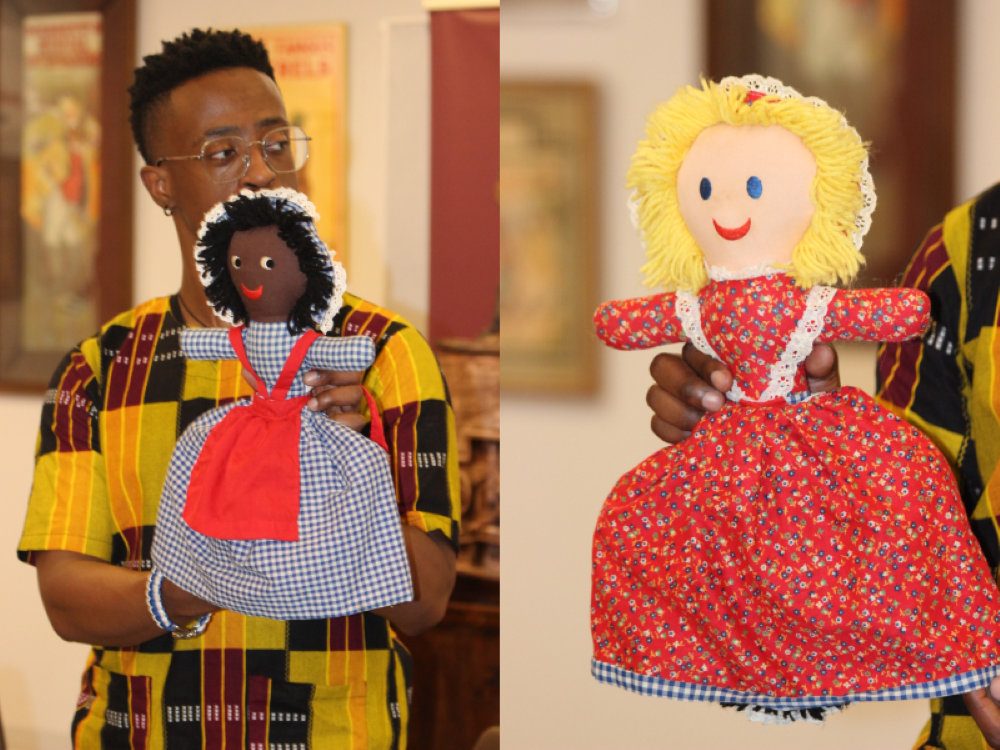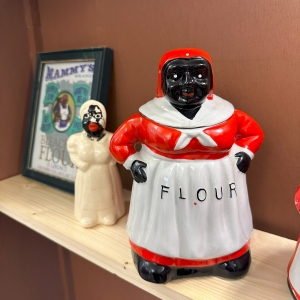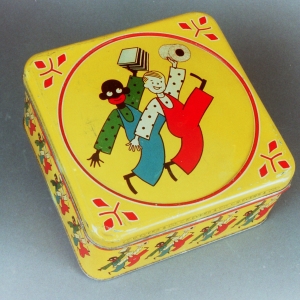‘Soul Train’ aired in syndication from October 2, 1971, to March 27, 2006. In its 35-year history, the show primarily featured performances by R&B, soul, dance/pop, and hip-hop artists, although funk, jazz, disco, and gospel artists also appeared. The series was created by Don Cornelius (pictured), who also served as its first host and executive producer. [Everett Collection]
BY FRANK DROUZAS, Staff Writer
It was 50 years ago this past October that the TV variety show “Soul Train” first chugged its way through the cultural landscape of Black America and became a runaway hit.
Though this urban classic started life on a local station in Chicago in 1970, it was only when creator and host Don Cornelius expanded it nationally from Hollywood. A year later, it transformed into the influential show the country came to know.
The “Train” rolled on for a 35-year run, always featuring new sounds, hip dance moves, and crazy fashions. Here are ten things that made it great:
#1
The intros never failed to energize you. As the show’s funky, uplifting theme song played –kicked off with the jubilant, soaring exclamation of “Sooooouuul Traaaaaiiin” — an animated locomotive came heaving and puffing through an urban backdrop.
Picking up steam, multi-colored smoke spewing from its smokestack, wheels turning furiously, it headed into a tunnel before finally arriving at its stop — the “Soul Train” set with music and dancing already in full swing.
It gave you the adrenaline-rush feeling that a real party was underway, and everyone’s invited. (This was the moment the TV audience often took to push furniture toward the walls, creating a makeshift dance floor at home.)
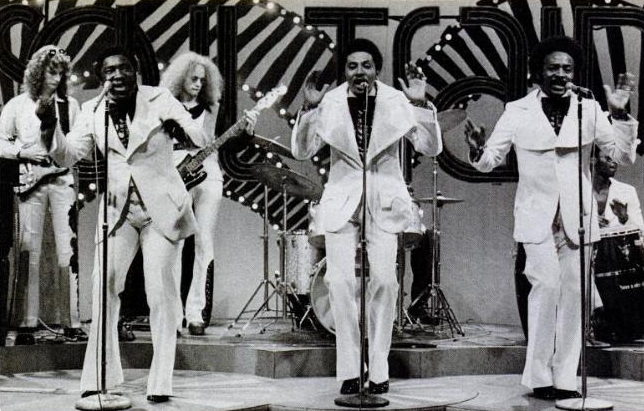
The O’Jays appeared on ‘Soul Train’ many times throughout the show’s history.
#2
At the show’s opening, impeccably dressed Cornelius, somehow giving off the vibe of an alderman about to speak at a fundraiser, announced, “Welcome aboard, you’re right on time to another sweet ride on the Soul Train!”
His cool demeanor and rich, deep voice, coupled with the vibrant feel of the dancers in colorful garb, injected a shot of vitality into urban and suburban homes alike.
#3
The true stars of the show weren’t so much the well-known musical performers like Michael Jackson, Diana Ross, or Wilson Pickett, but the everyday kids that really knew how to get funky.
They infused life into the telecast with an ebullience that was obviously not only in their creative dance steps but on their smiling faces. Their sheer enjoyment was real, and they could’ve been your sisters or brothers or cousins — they were the kids next door having the time of their lives on TV, and it showed.
#4
The show gave Black youth the chance to appear on television in a positive way, which was not that common of occurrence by the early 1970s. (If there were a bunch of young Black faces shown on TV back then, chances were that it was a news story about the urban plight rather than a showcase of their talents.)
“Soul Train” allowed them to be brought directly into people’s living rooms in a wholesome light, and they shined. Through the dancing and joyfulness, there was an undercurrent, intentionally or not, of Black empowerment in the age of racially-biased media and culture.
#5
Though mostly Black musicians performed on the show, everyone was welcome as white artists like Duran Duran, Michael Bolton, Sheena Easton, and Michael McDonald appeared, among many others. In a standout moment, English pop star David Bowie delivered inspired performances of his funky hits “Golden Years” and “Fame” in 1975, introducing Black youth in America to his own brand of “plastic soul.”
#6
From high-waisted, yellow flared pants to silver, glittery catsuits, from dangerously high platform shoes to lethal-looking stiletto heels, from hotpants to funky hats to groovy collars –the diverse and distinct fashions were a reason so many tuned in.
Always reflecting the time periods, these chic duds often stole the spotlight and served as the cutting-edge fashion pipeline to kids viewing at home.
#7
A regular feature was the Soul Train Scramble, where studio guests rearranged letters on a board to spell out the names of esteemed African Americans. Yes, it was mostly about the music and dancing, but there was at least a nod to heritage and culture amidst all that jollity.
#8
With the dancers and fashions taking center stage, “Soul Train” revolutionized the way we appreciate music. You couldn’t just sound good, but you had to look good (or at least have good-looking people dressed in cool clothes shaking and grooving to your songs). The show helped visual presentation become an integral part of pop music long before MTV came along.
#9
The “Soul Train” line was hands down the most enjoyable part of the show. Dancers formed two lines facing each other, leaving an aisle between them, then two by two kids took turns showing off their dancing chops.
They strutted, slid, bounced, and boogied their way through the aisle, displaying moves that would be imitated by countless youth on countless schoolyards. Cartwheels, hip grinds, spins, splits, kicks, even robot moves — nothing was off-limits, and everything was wildly entertaining.
#10
Chuck Berry, the Beastie Boys, James Brown, and Bell Biv DeVoe. The Commodores, Little Richard, Elton John, and the Delfonics. Aretha Franklin, Heavy D & the Boyz, Arsenio Hall, Richard Pryor, George Foreman… the hefty list of artists and personalities that made the show “the hippest trip in America” for decades goes on and on.
Funk, disco, rap, pop, jazz, even comedy–and of course, soul. “Soul Train” was a one-of-a-kind program that had something for everyone, and we’ll probably never see anything quite like it again.
To reach Frank Drouzas, email fdrouzas@theweeklychallenger.com
Post Views:
3,807

